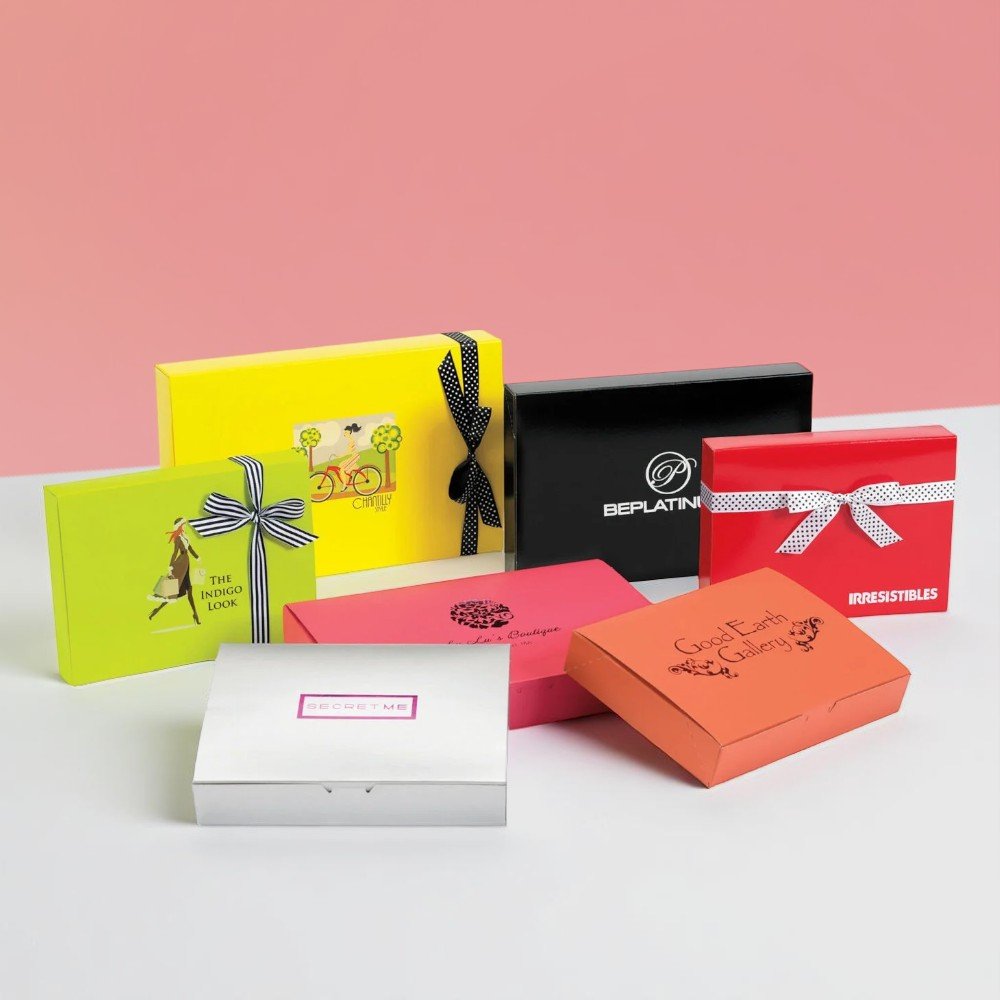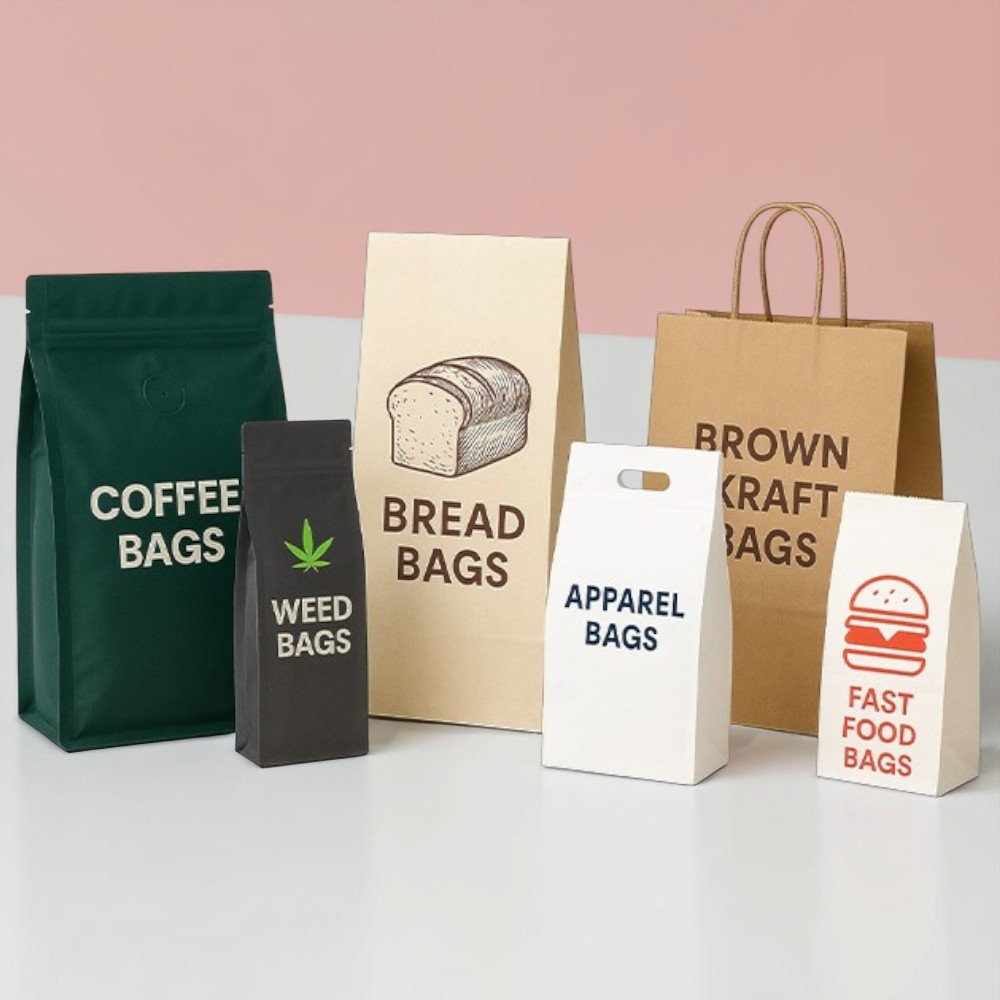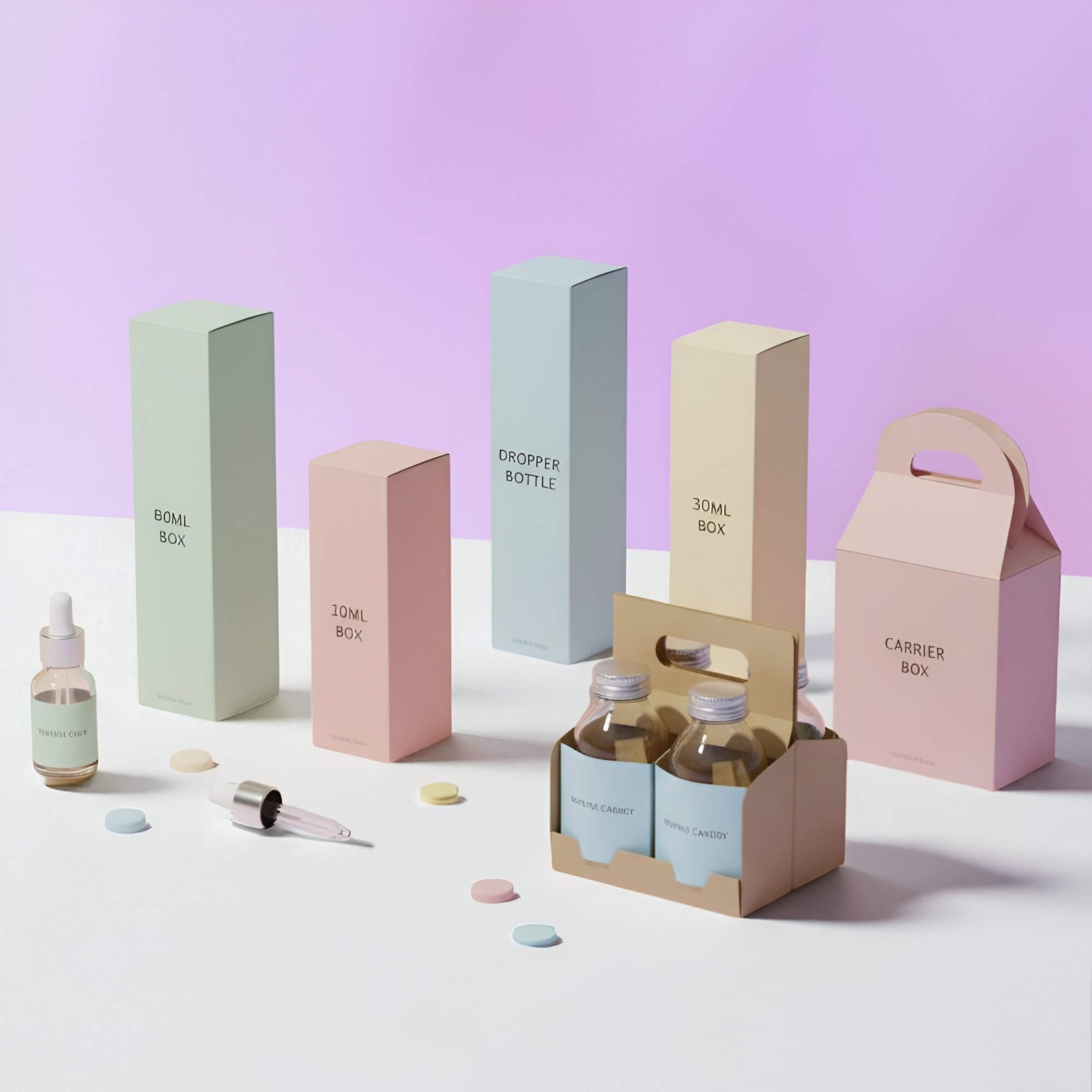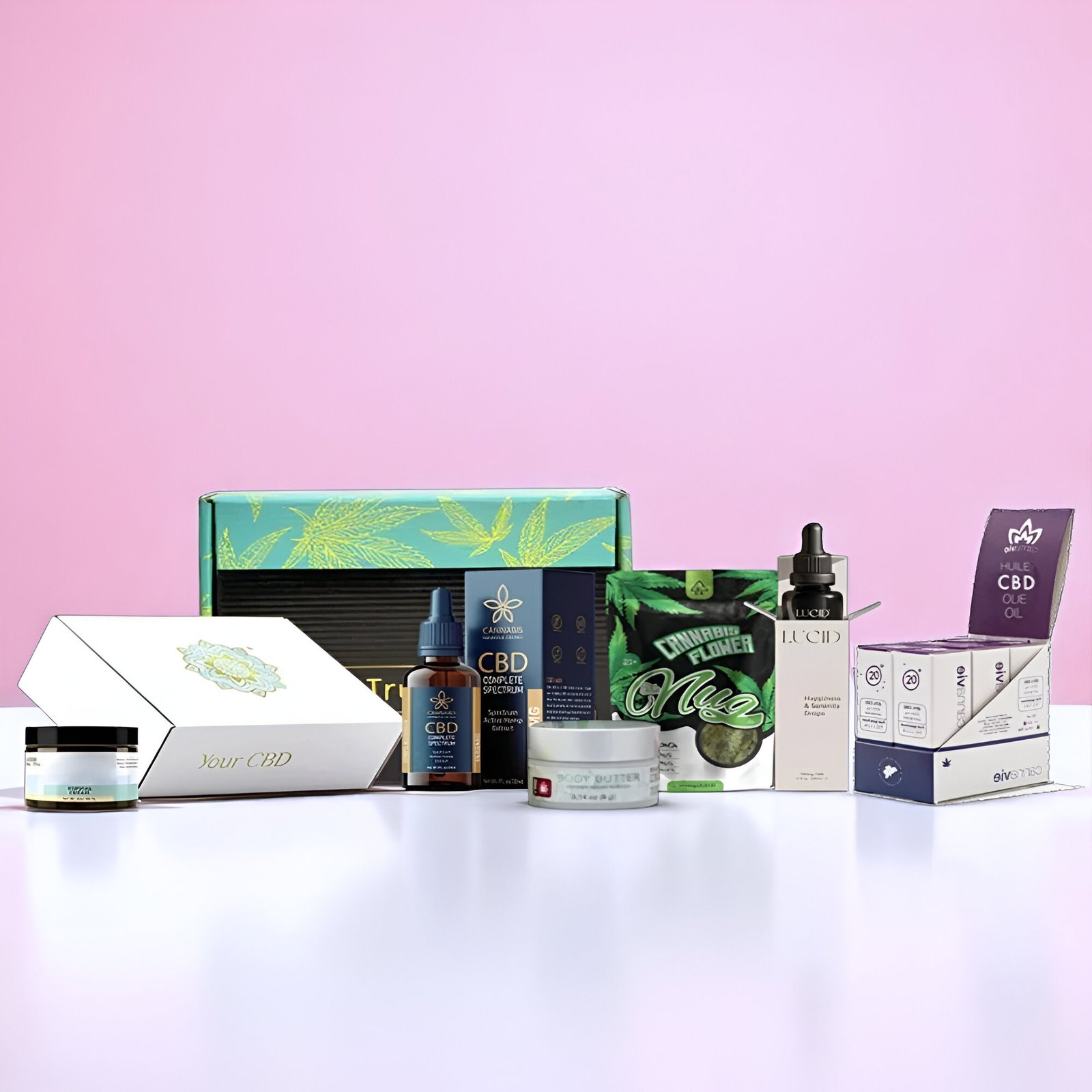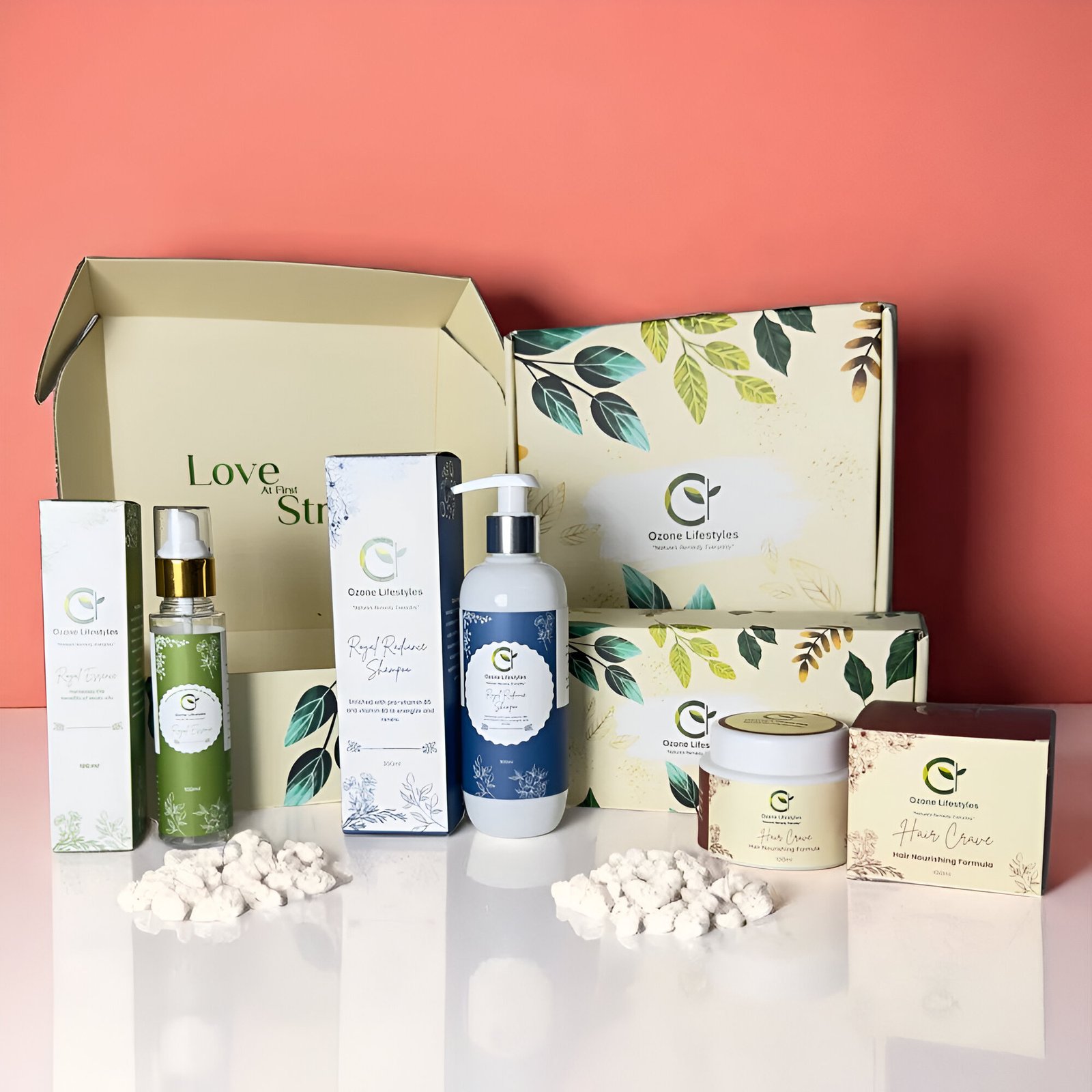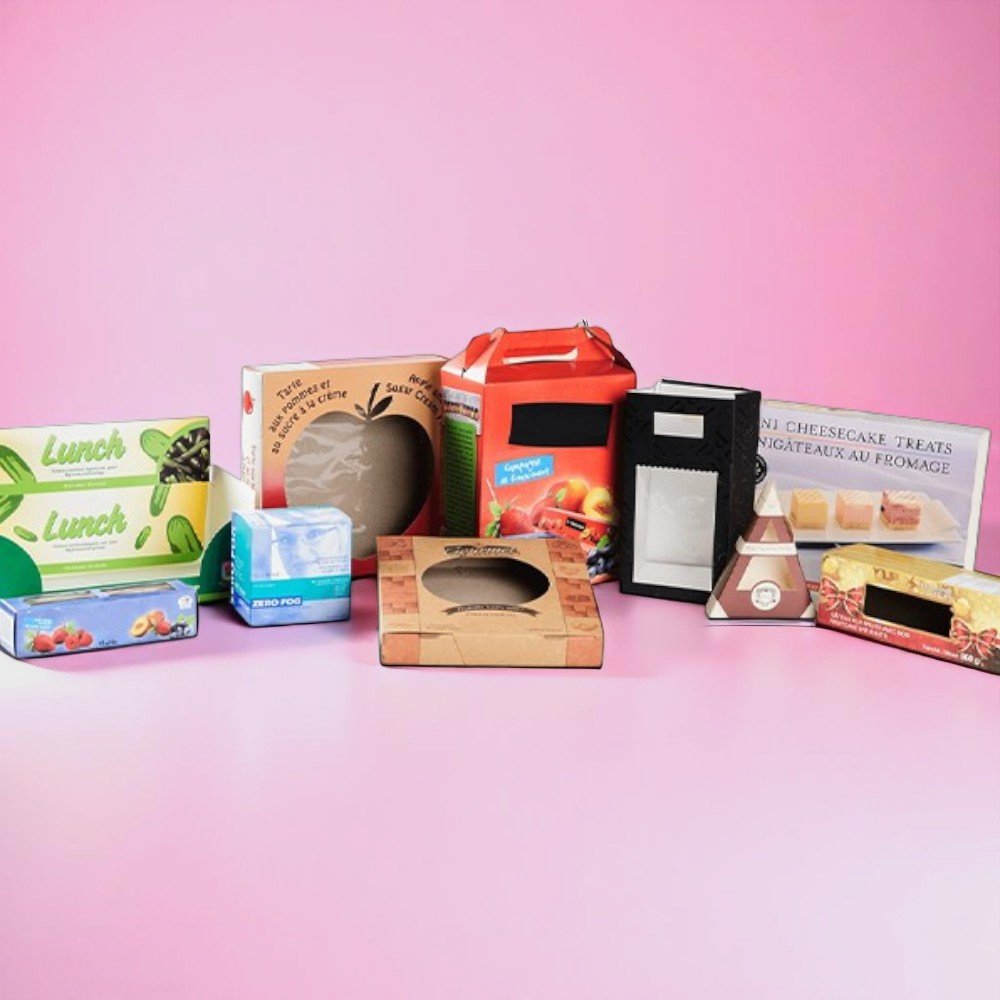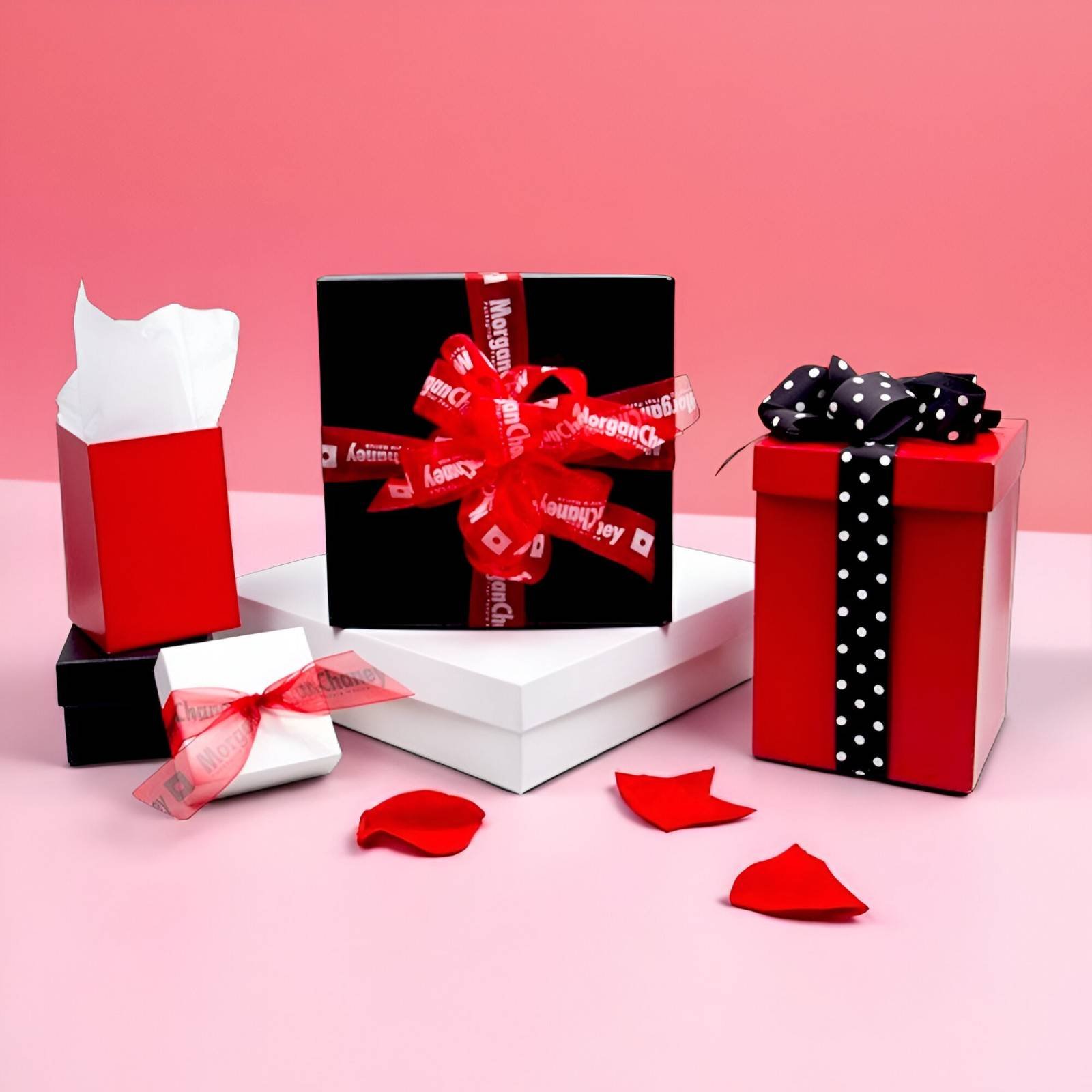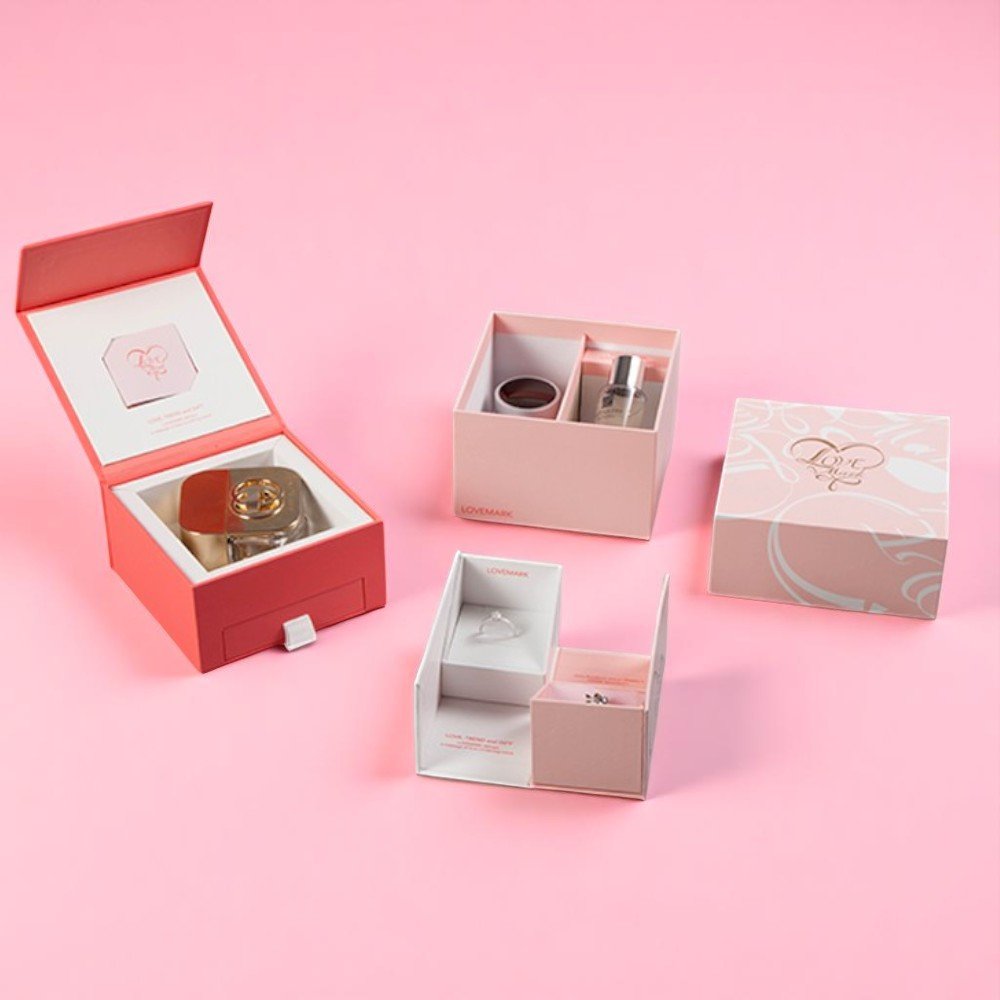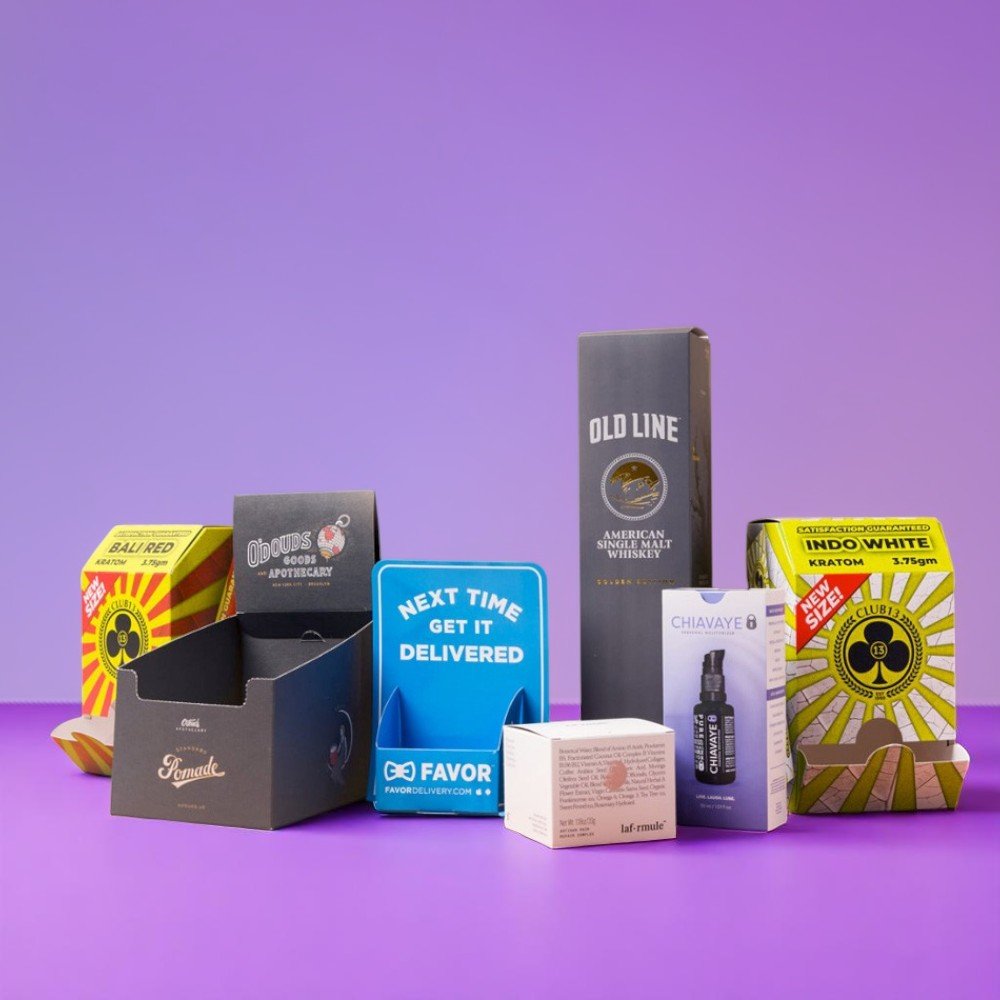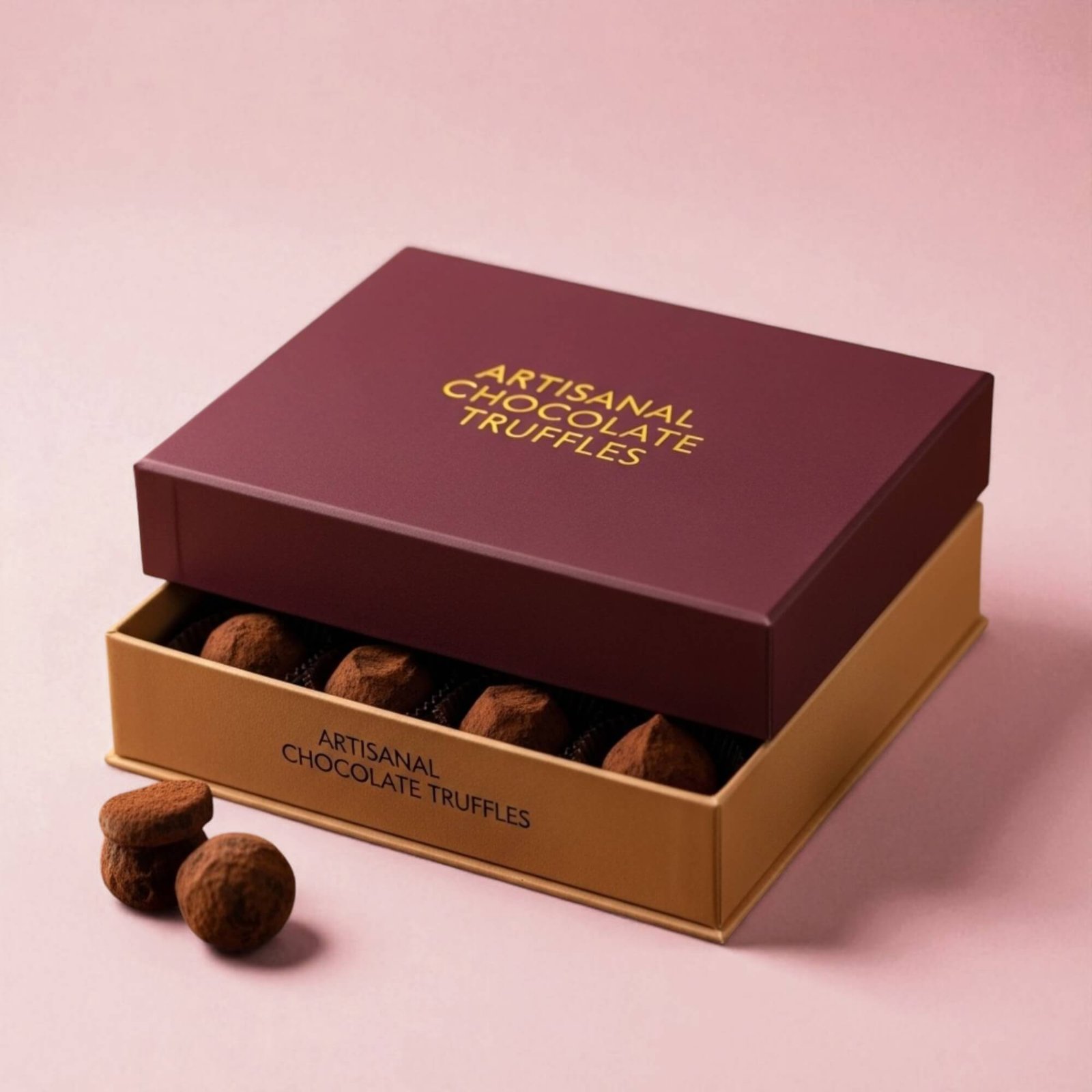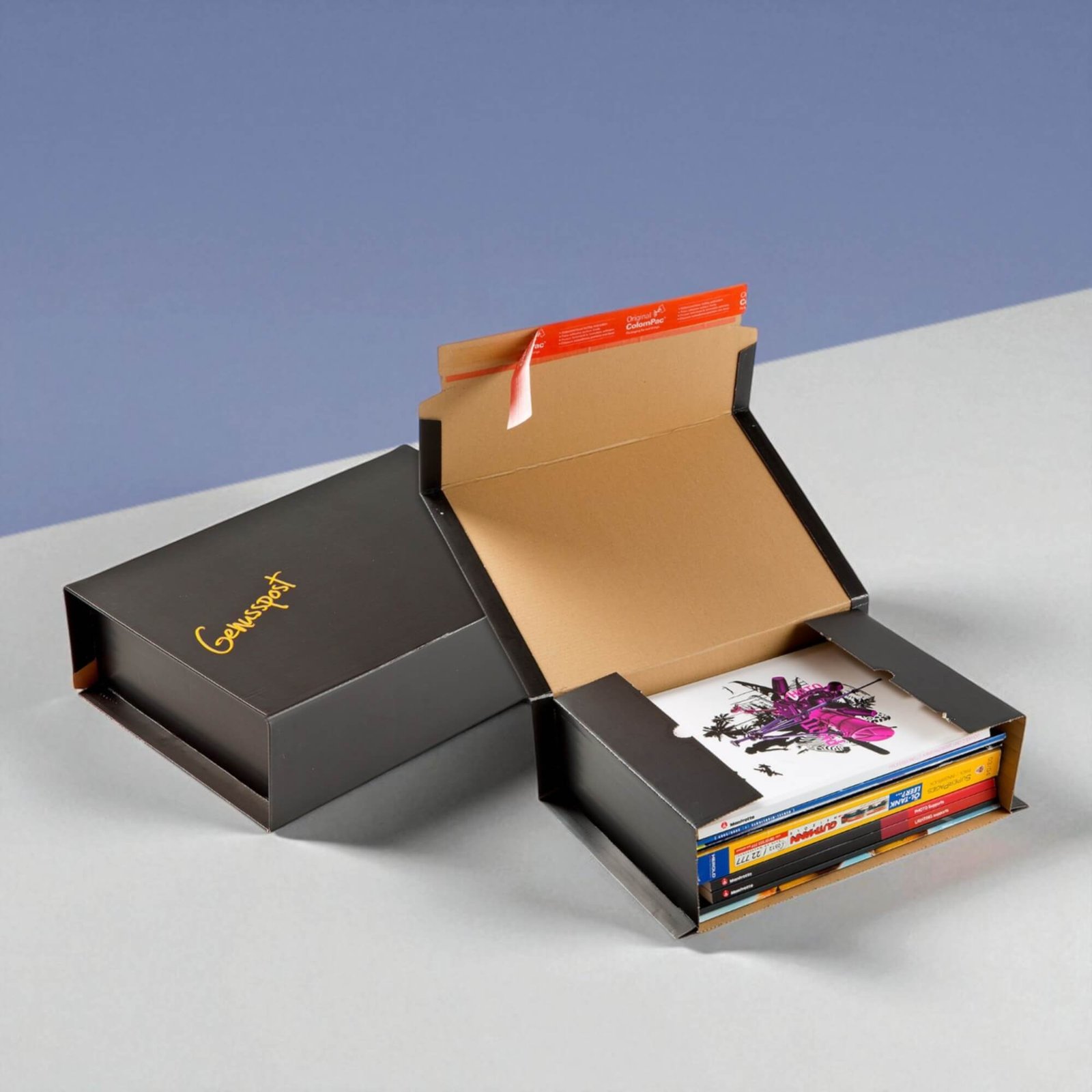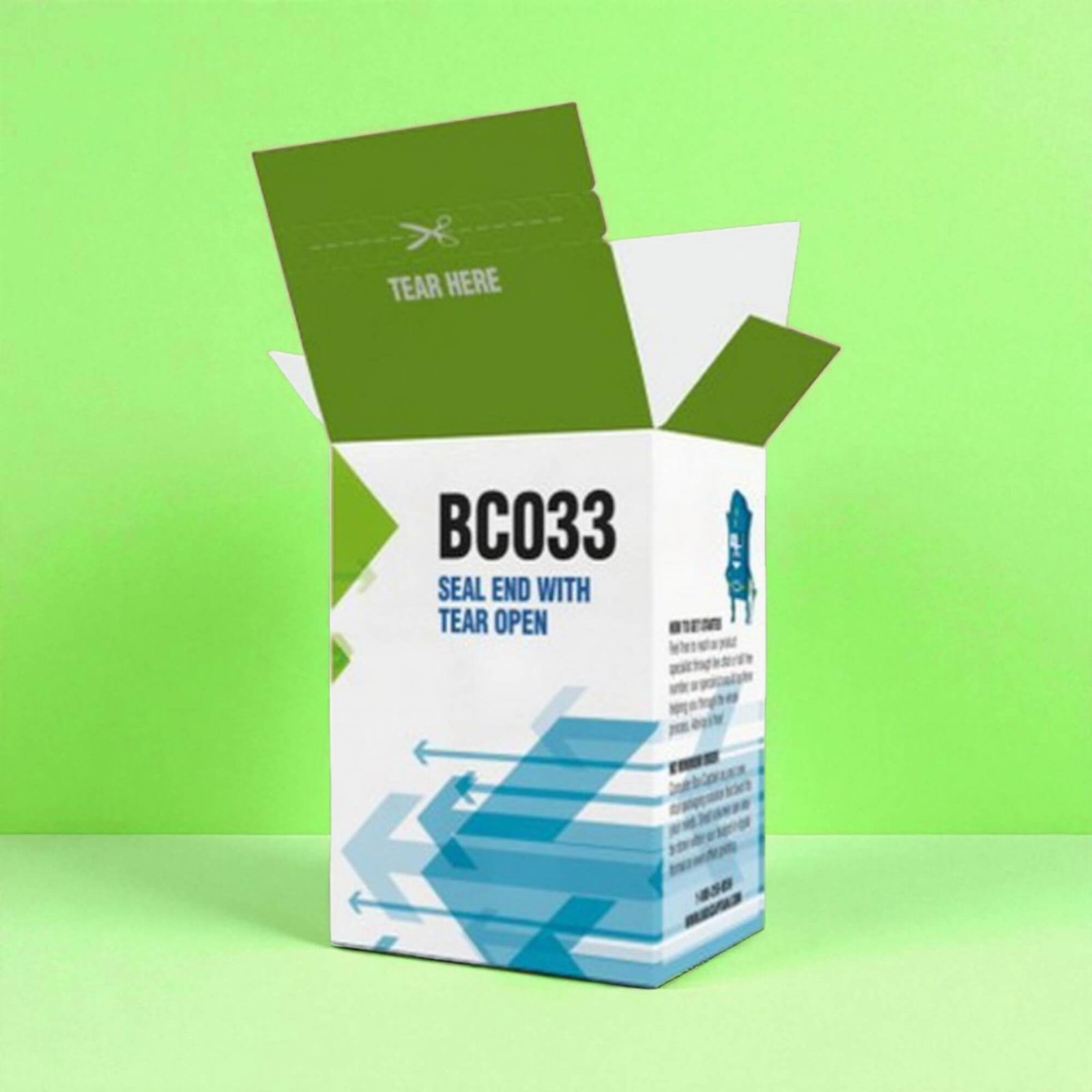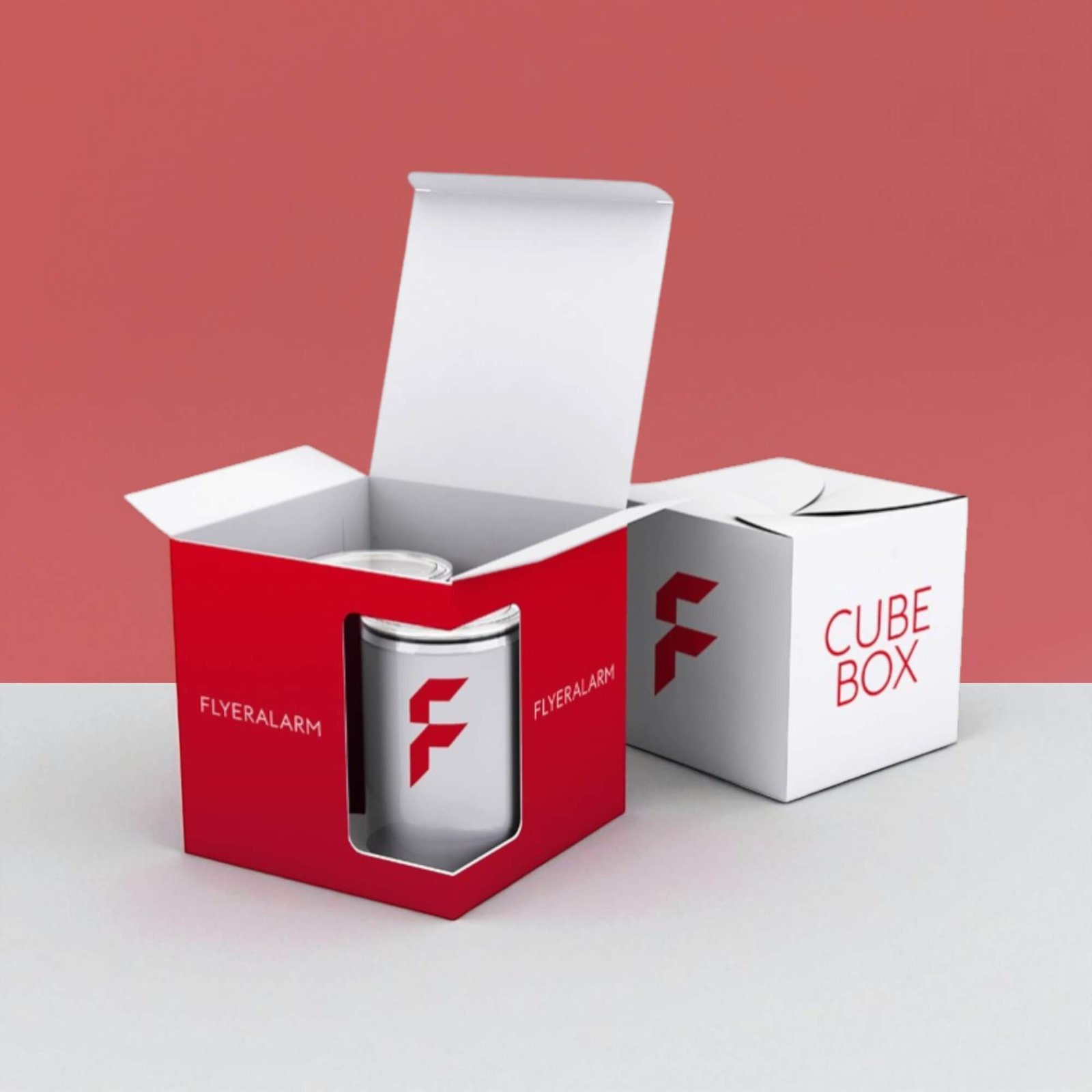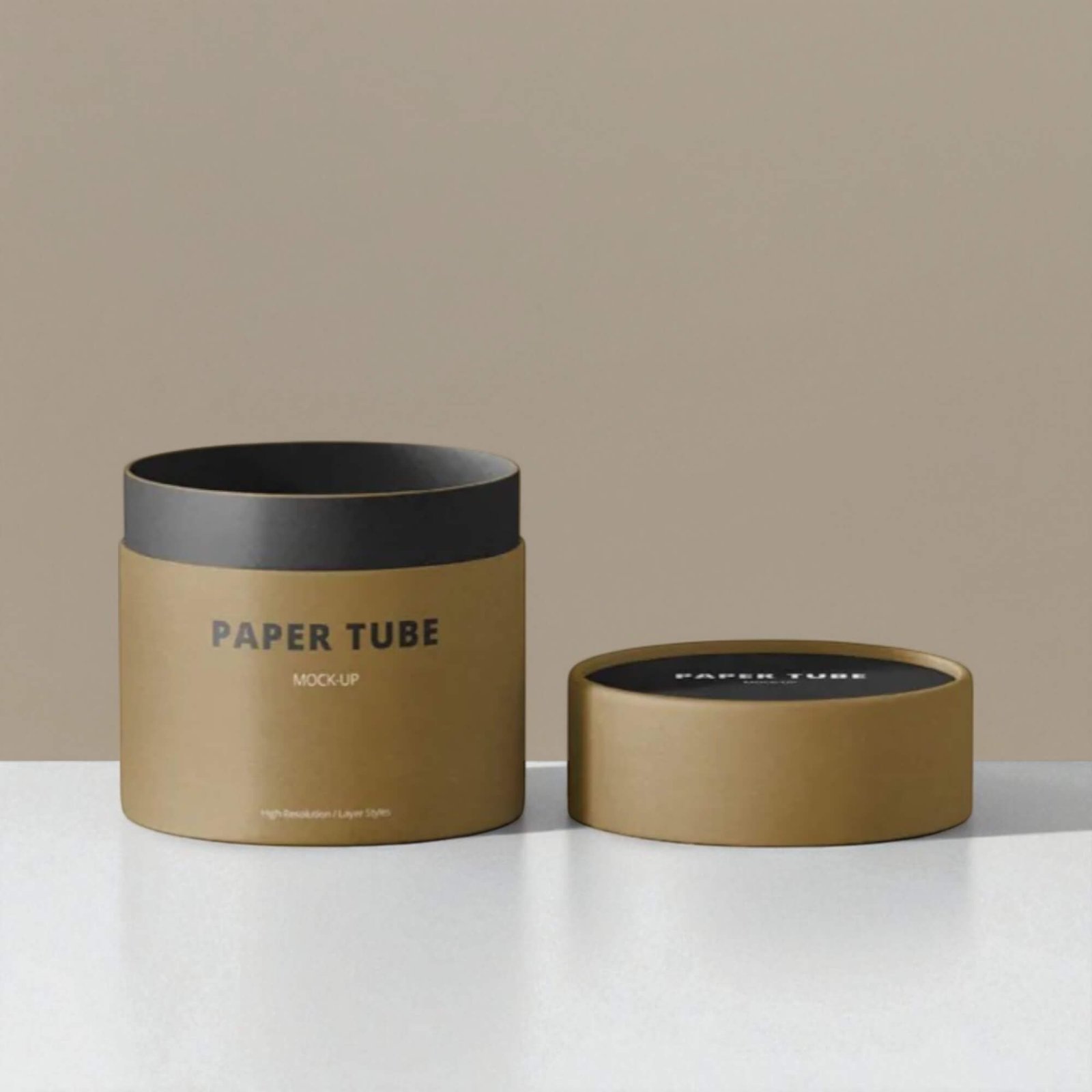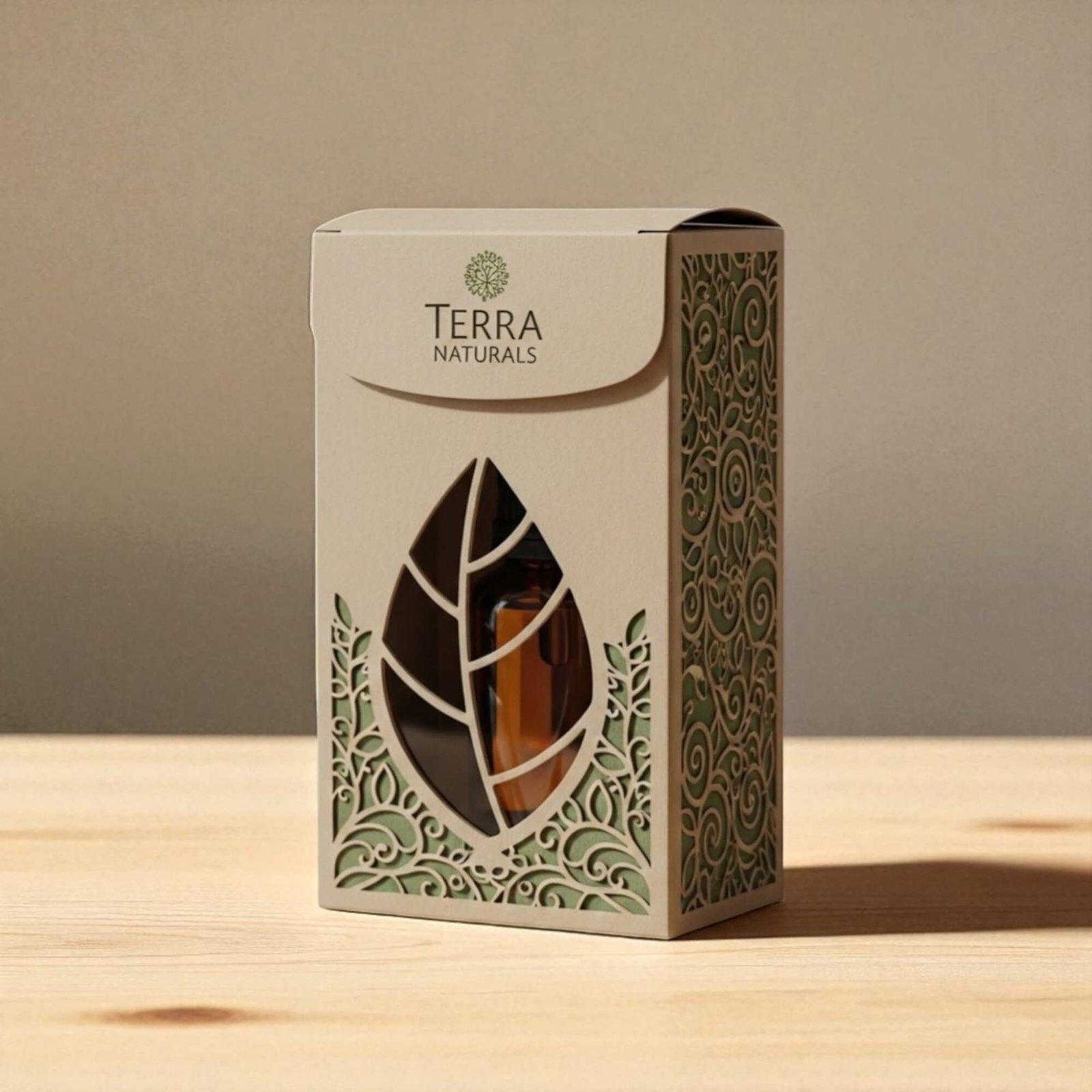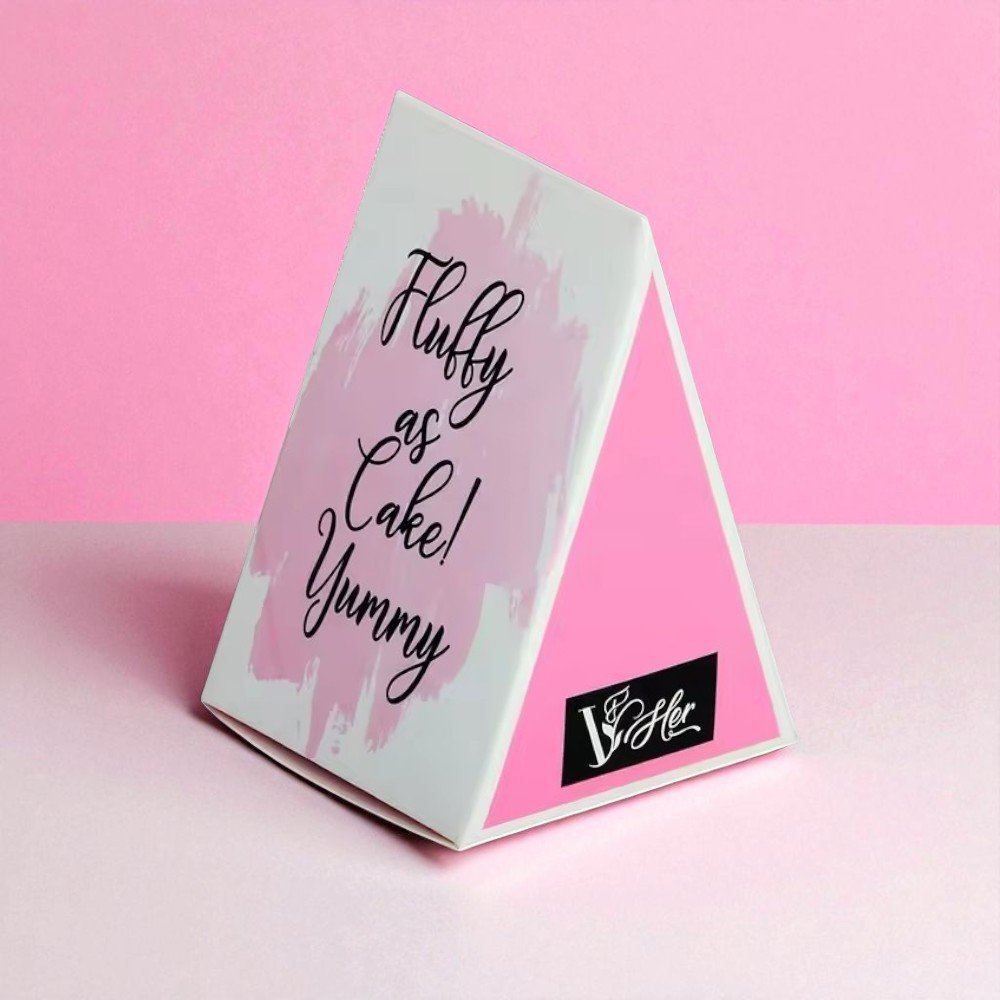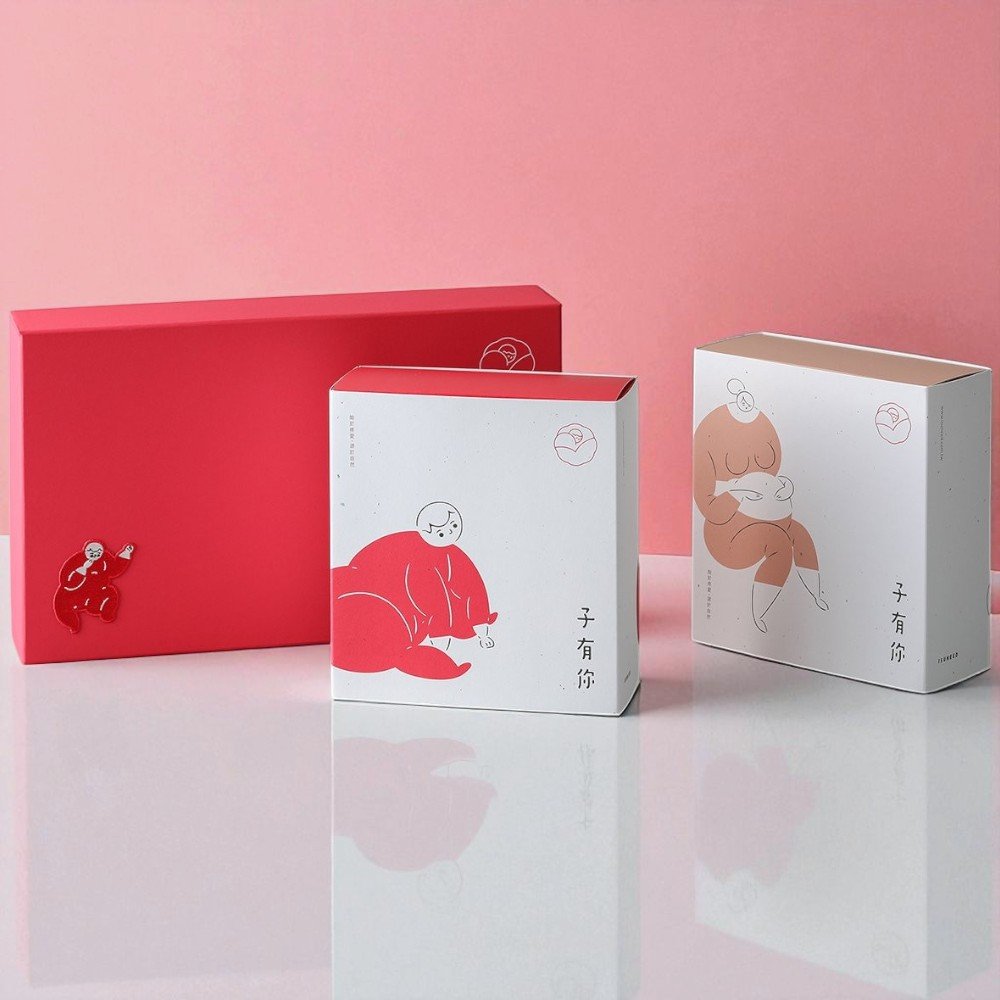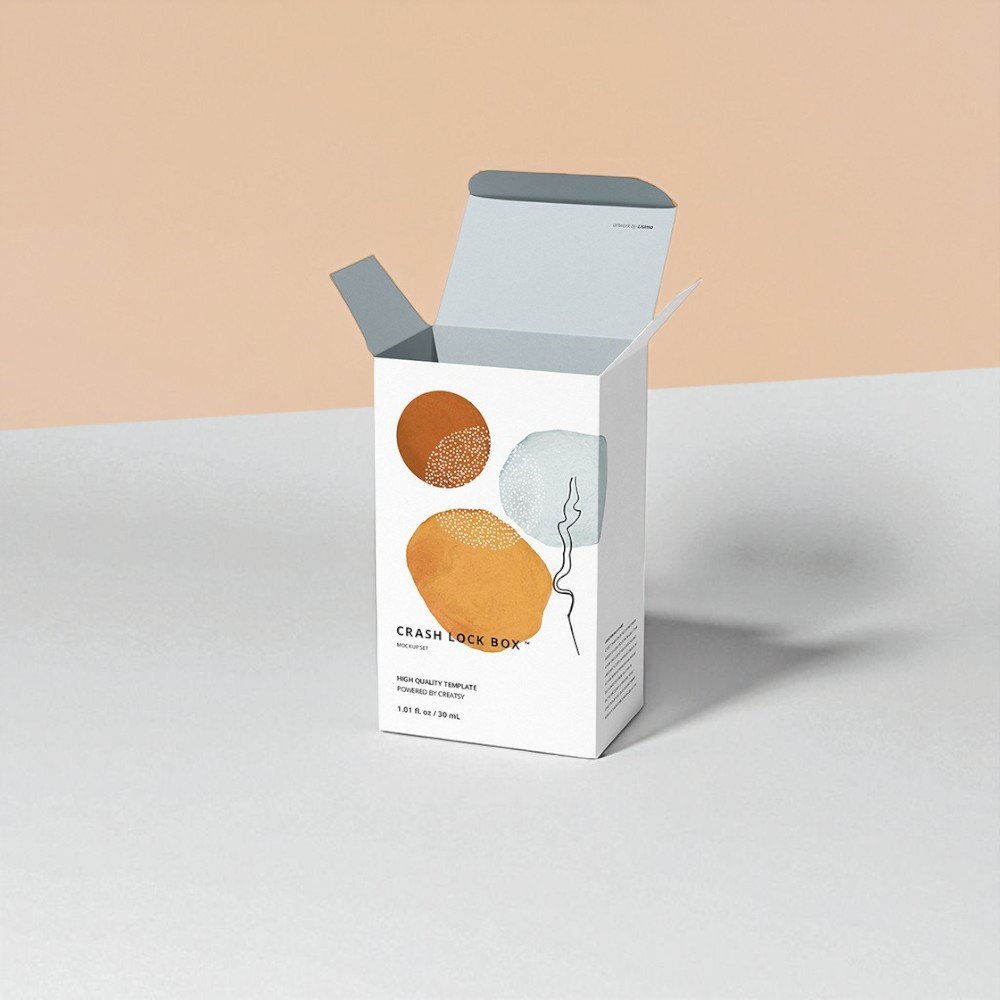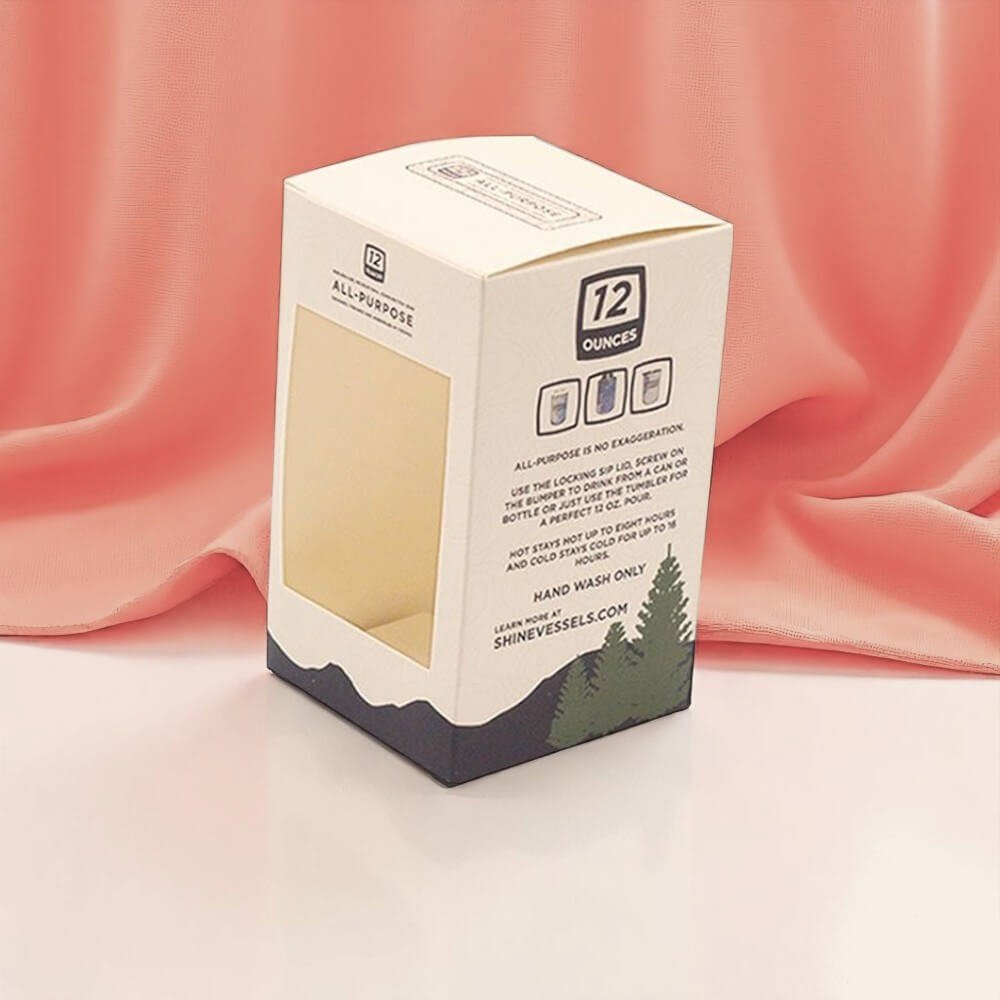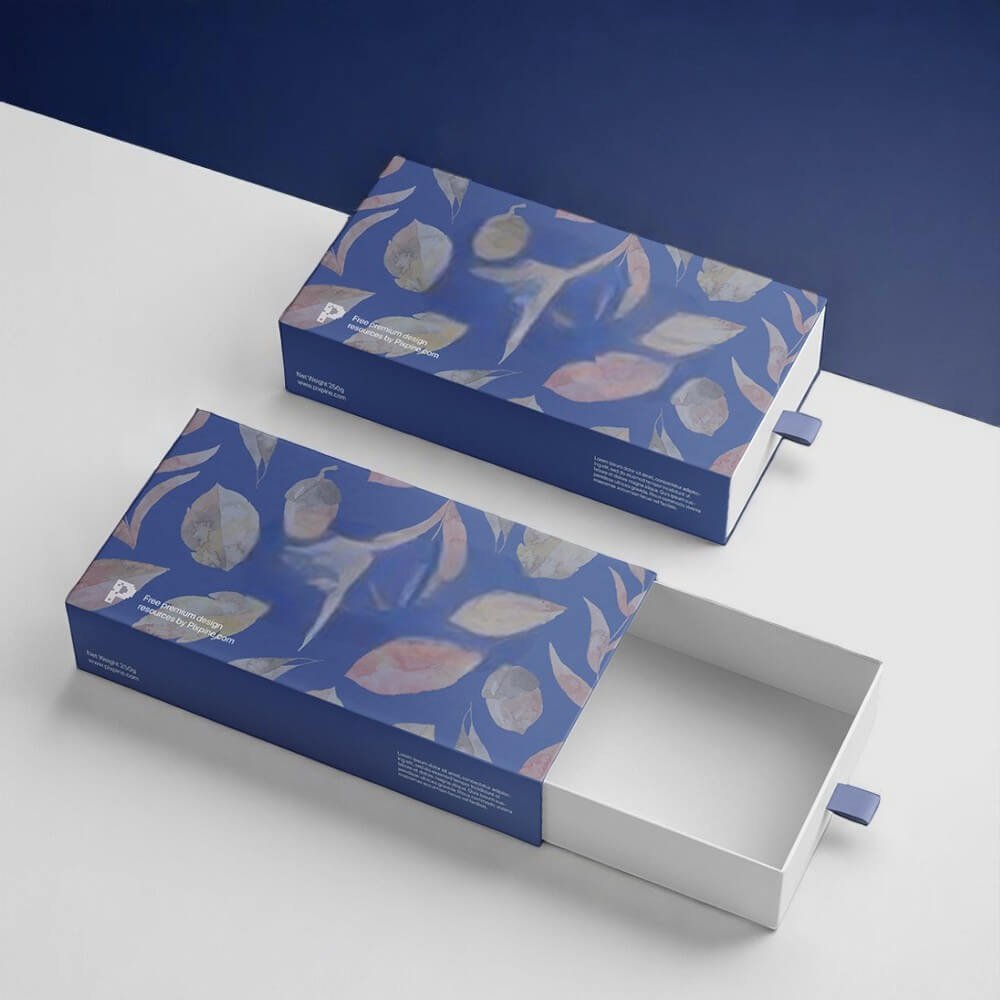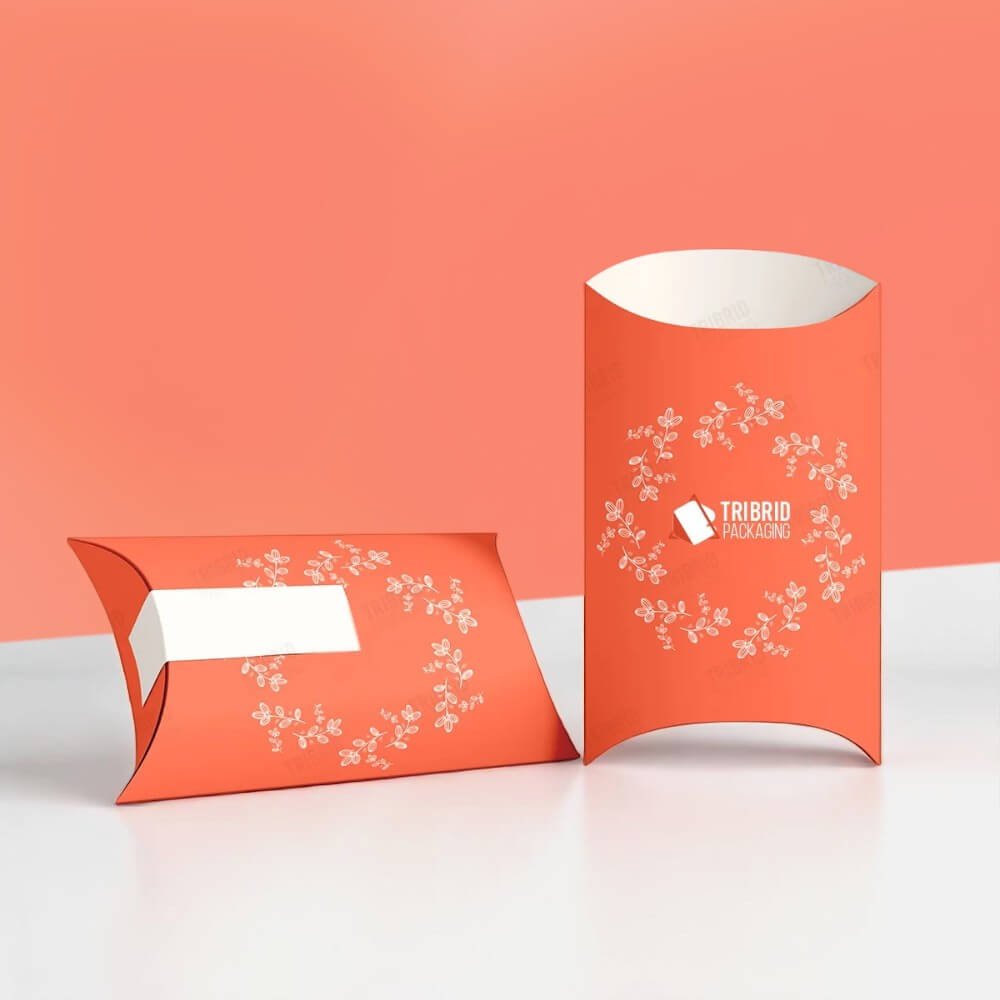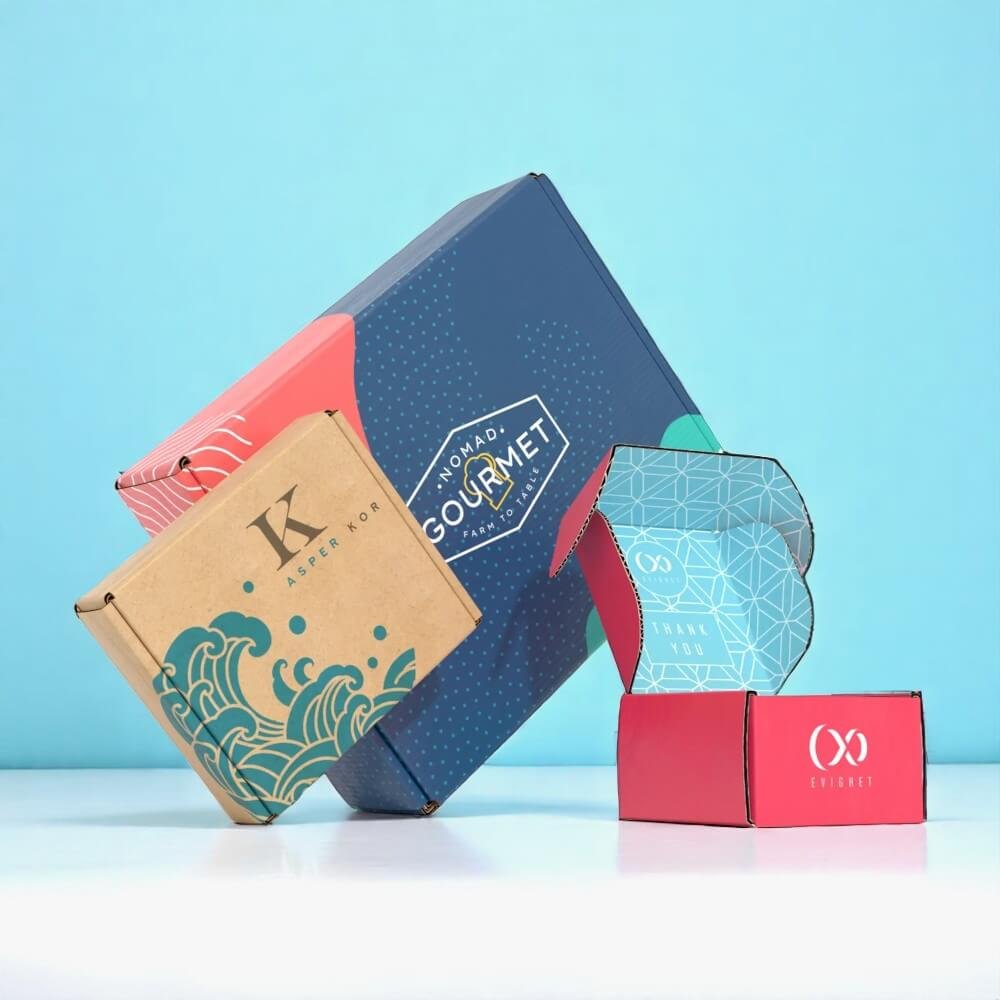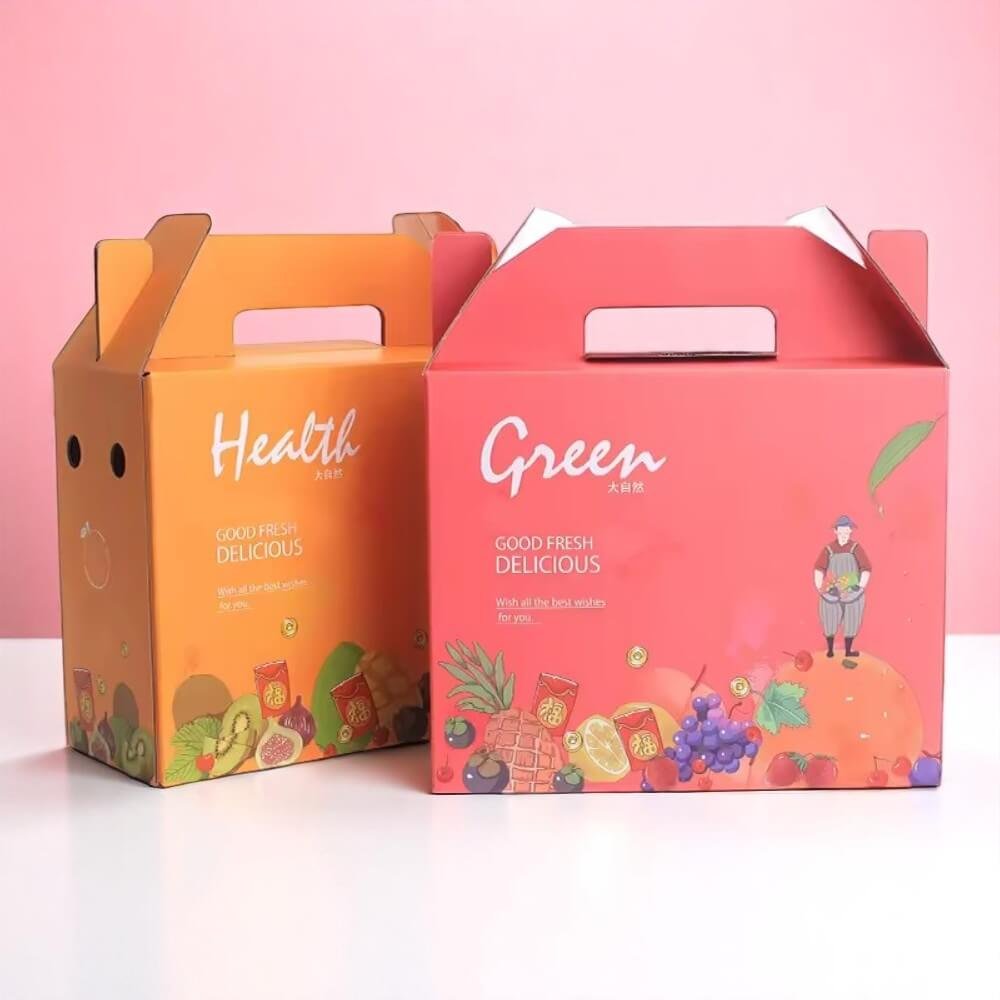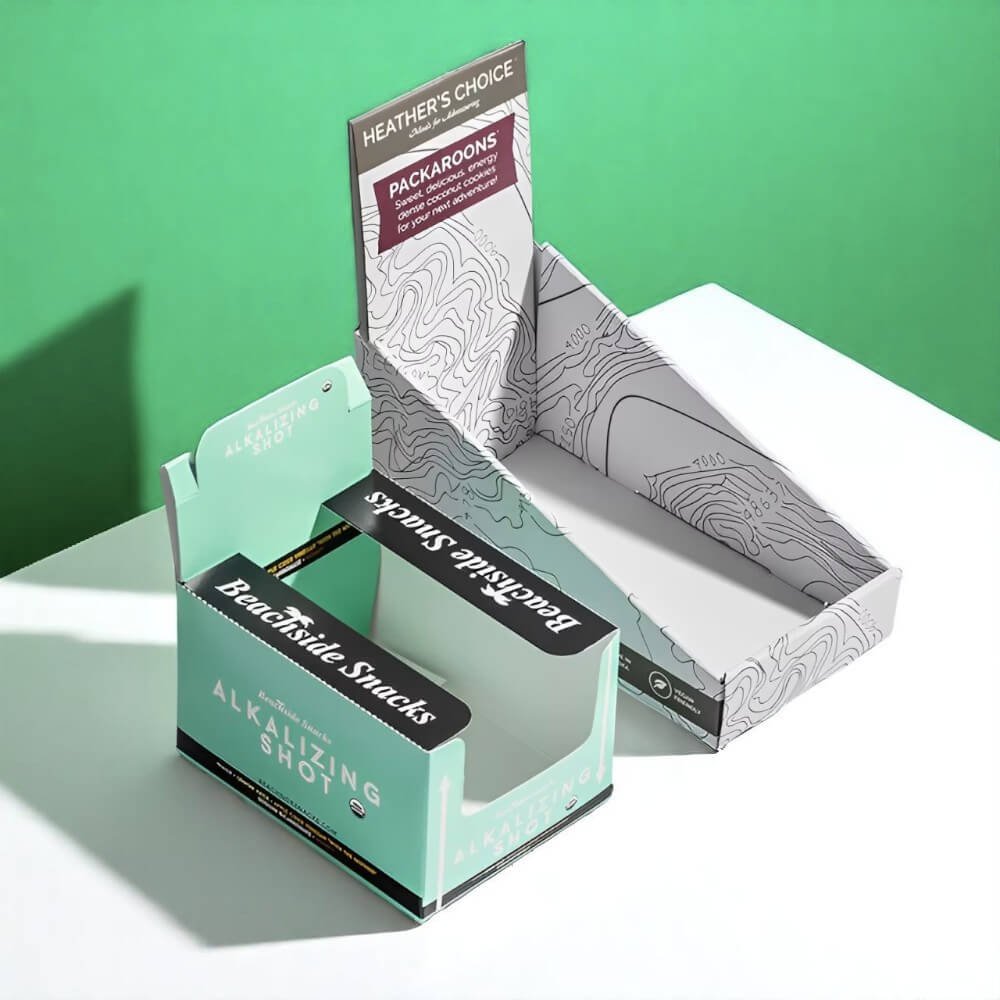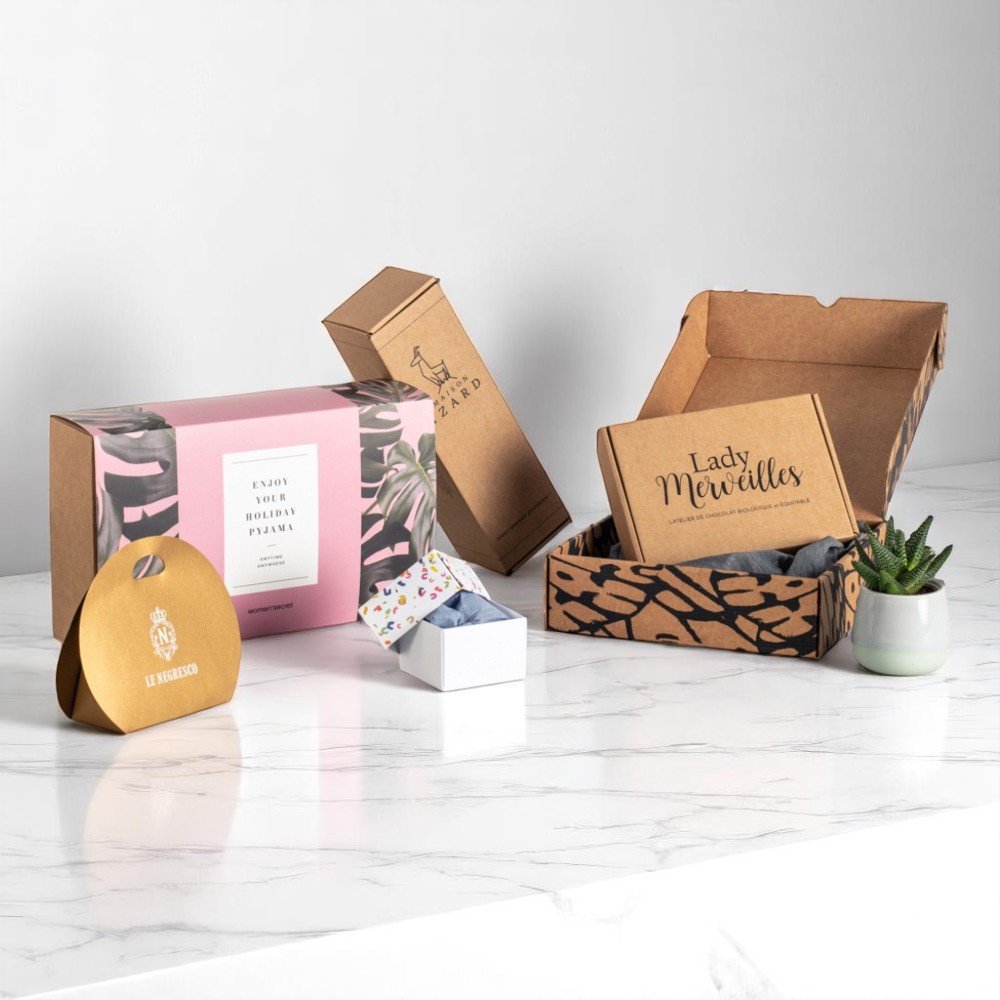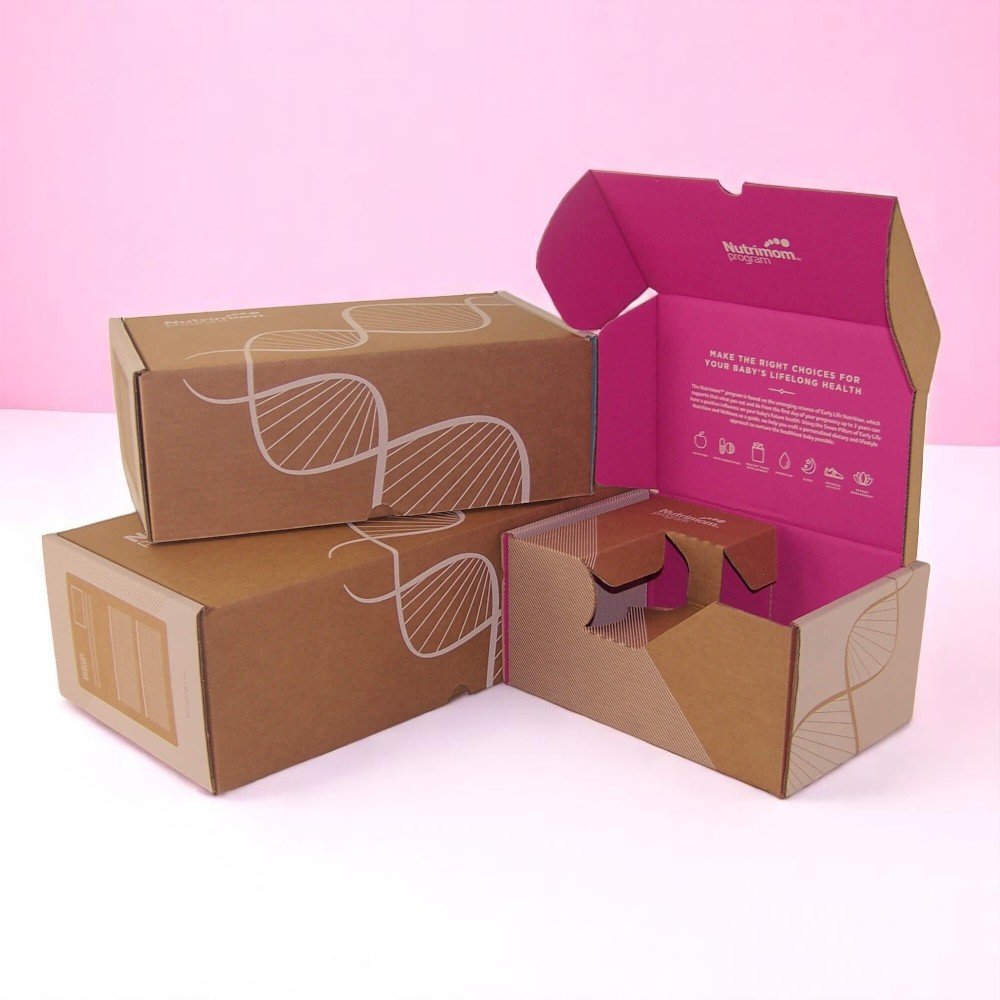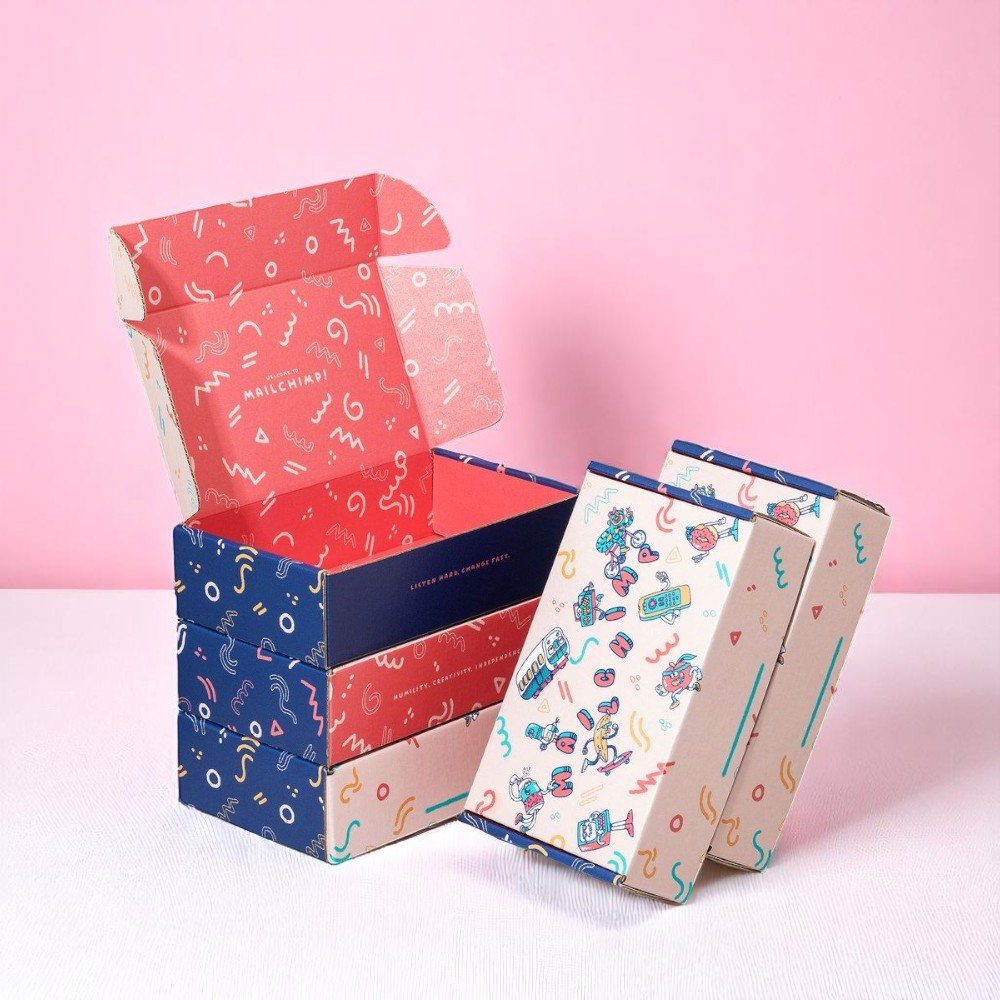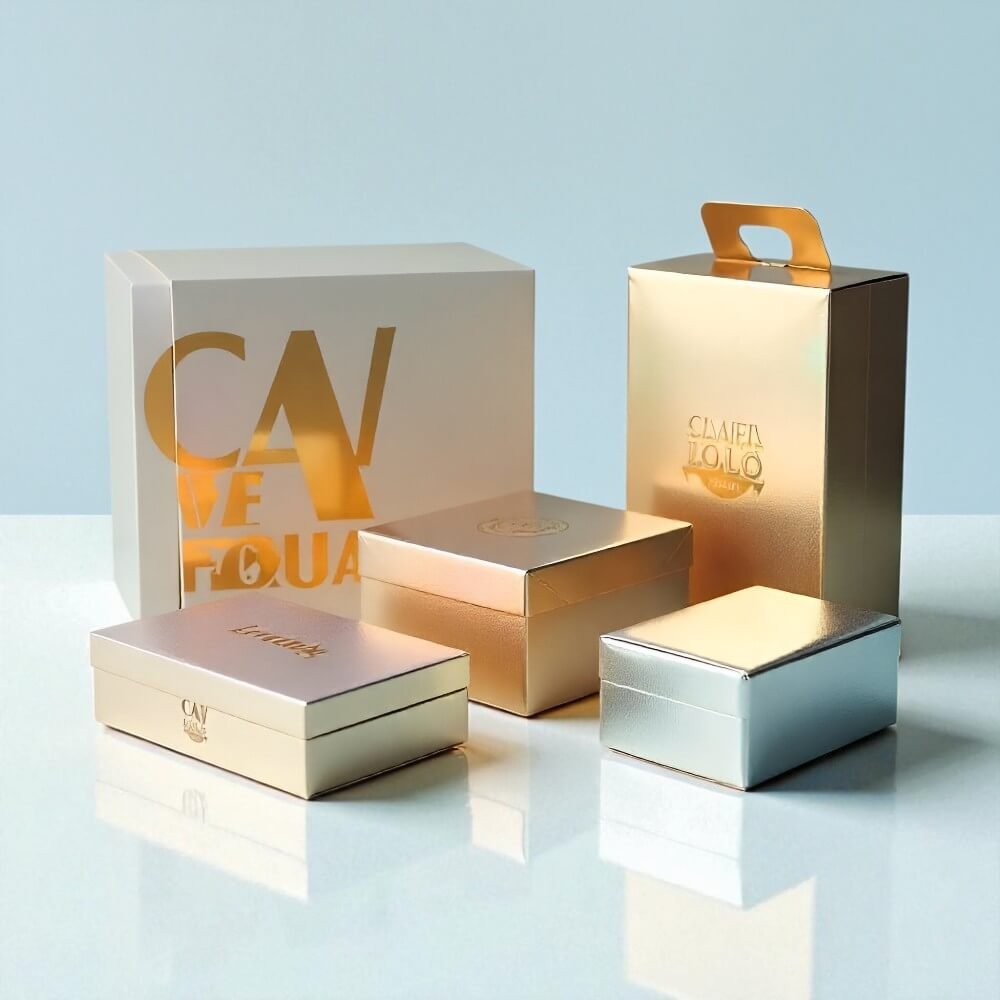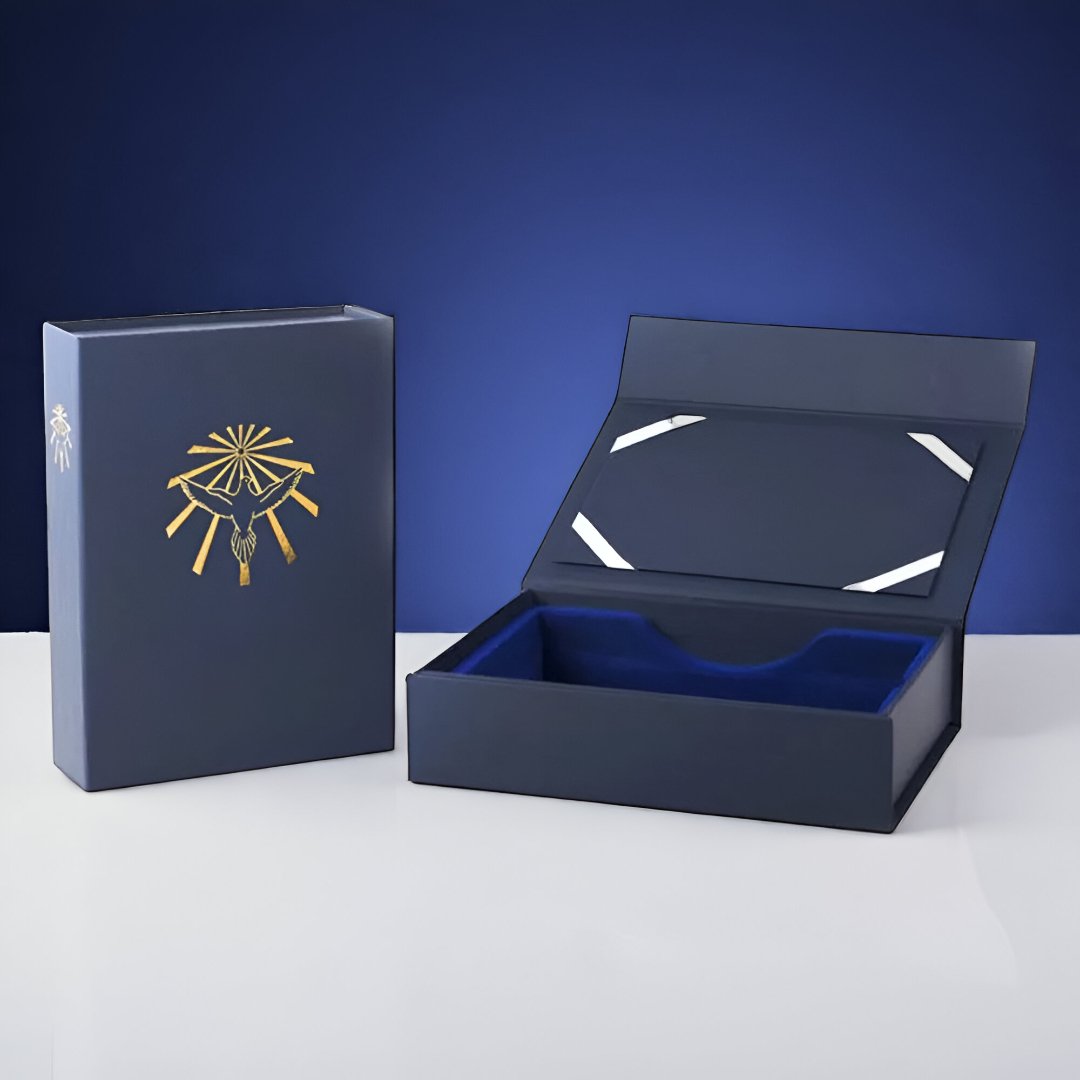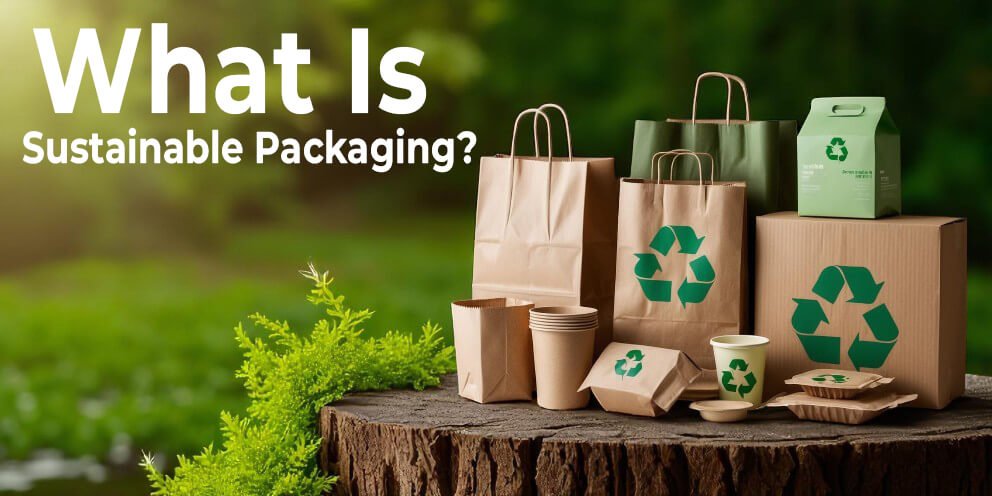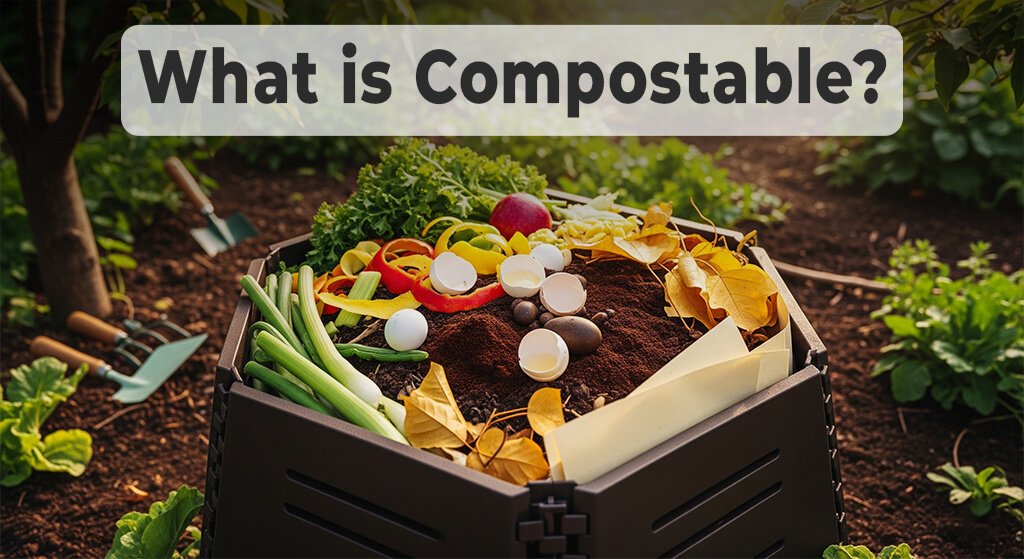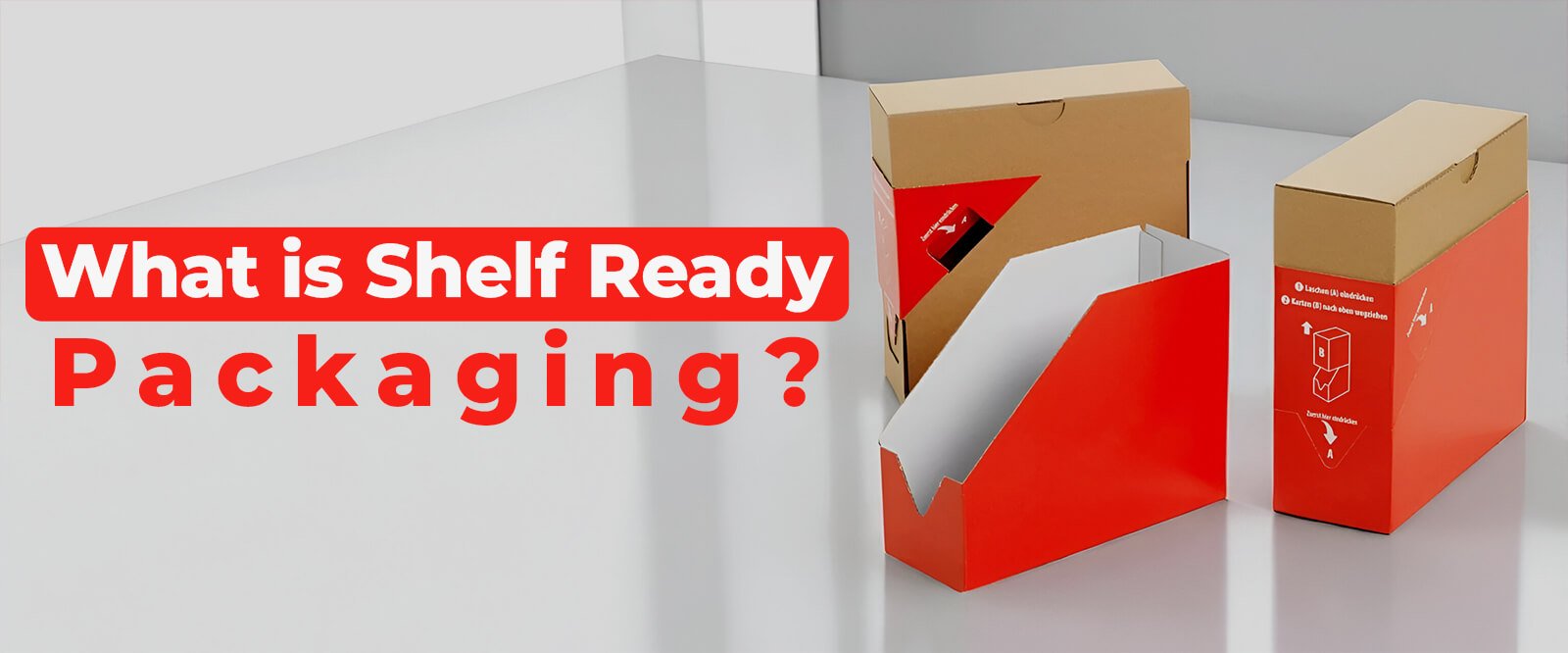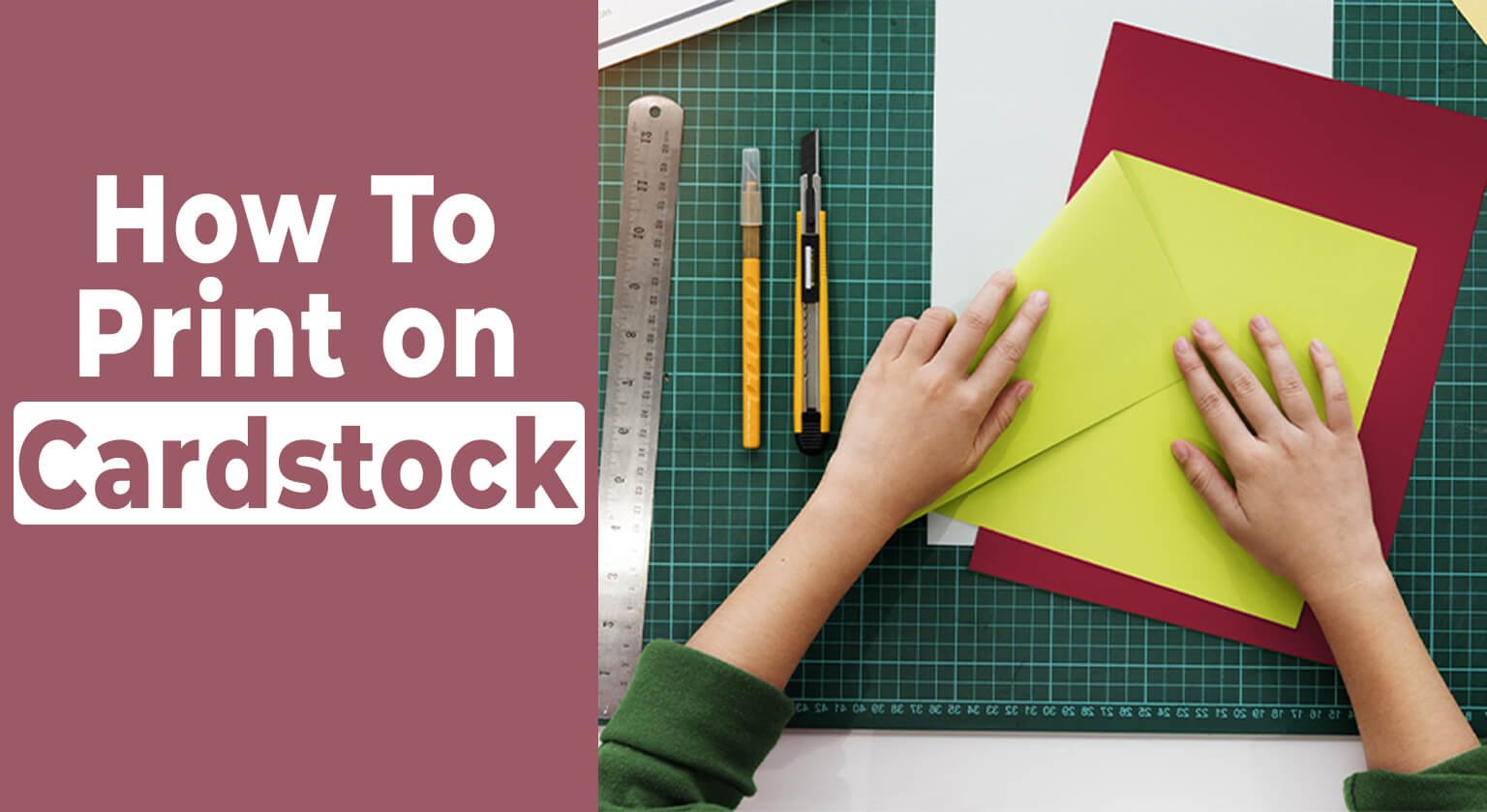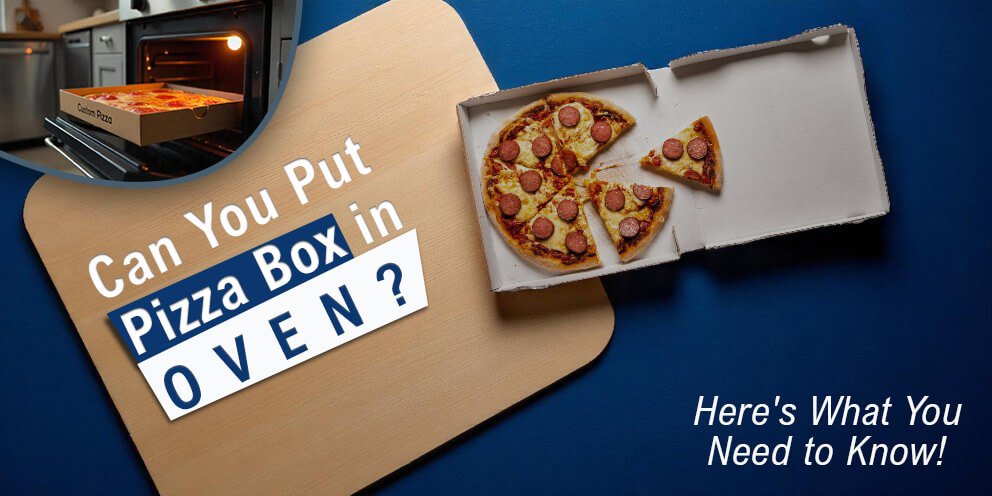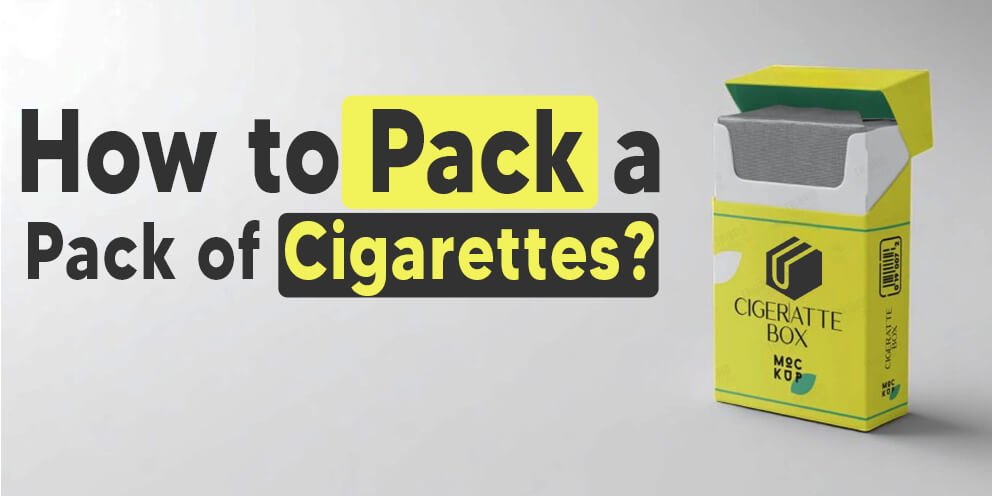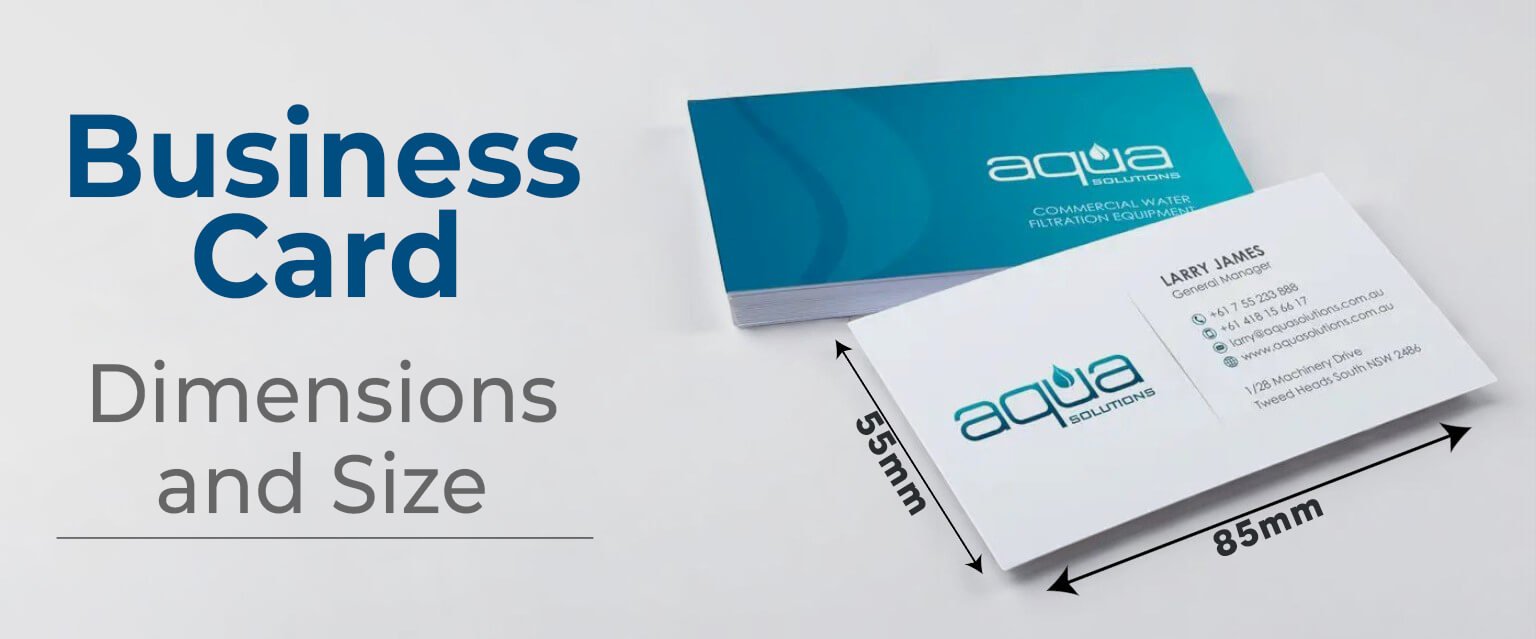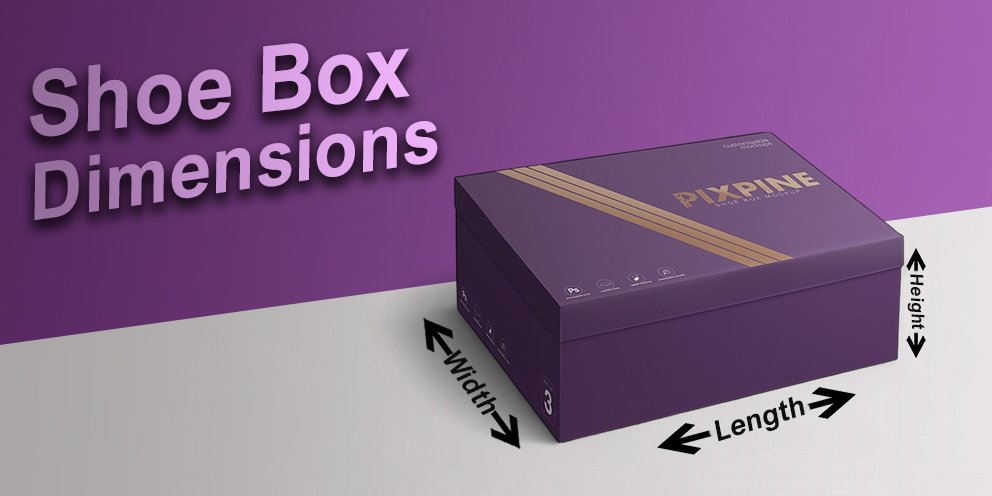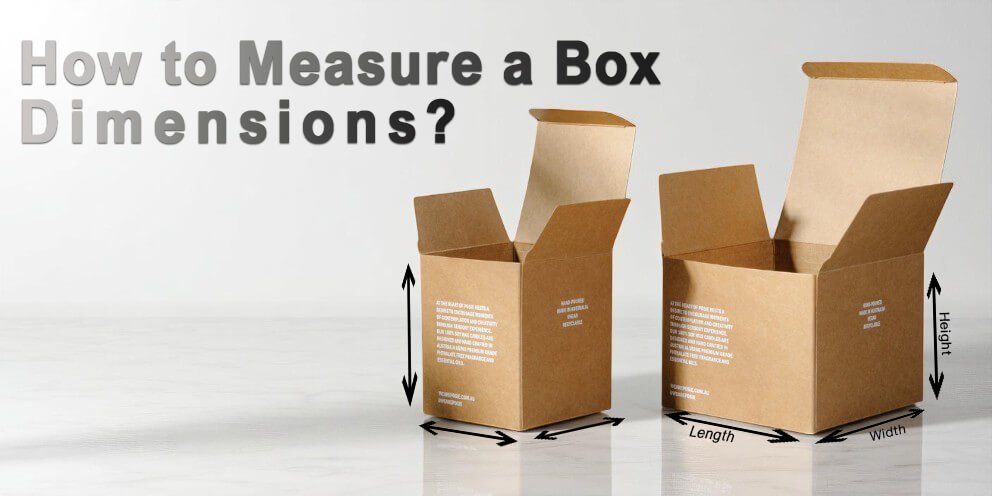There has been a huge demand for sustainable packaging in recent years. The reason is that almost every item comes with an outer packaging covering. Even if you see your daily cereal box in the morning, it is also a part of packaging. No matter the materials of the boxes, we have been using them for ages. Ever wonder, though, what happens to all that packaging after we’re done using it? Mostly, people will dump it directly, and this will disturb the environment. 39% of customers have shifted to brands that use environmentally friendly packaging.
In this article, we will learn about the packaging that is sustainable and promises less waste on Earth.
What Does Sustainable Packaging Mean in Easy Words?
Sustainable packaging refers to packaging that uses eco-friendly materials, is easier to dispose of, and can be recycled. Such as, if we use packaging, it should either be reusable or compostable so it can naturally break down. No leftover waste behind. Simply, it’s packaging that protects the product and the planet.
According to Wikipedia, sustainable packaging is the development and use of packaging that results in improved sustainability. This involves increased use of life cycle inventory (LCI) and life cycle assessment to help guide the use of packaging, which reduces the environmental impact and ecological footprint.
Rolling in the Past to Learn the Roots of Eco-Friendly Packaging
Everything starts for the first time with a solid reason. So, the term sustainable packaging was started back in the 1960s–70s with rising environmental awareness and early recycling efforts.
Then in the ’80s, we saw corporate pioneers like P&G and the birth of industry standards. By the 2000s, major brands like Walmart and Nestlé made sustainability a central part of their packaging strategies.
And now most of the local as well as international brands are switching to some sustainable packaging solutions that satisfy their product needs and also the standards of their consumers.
Understanding the 5Rs and 7Rs of Eco-Friendly and Sustainable Packaging

There’s often some confusion about how many R’s are actually part of sustainable packaging. Is it 5 or 7? So the correct answer is 7. They are as follows:
A Quick Overview of Sustainable Packaging Regulations
Some new rules around the world are making businesses switch to eco-friendly packaging. In Europe, by 2026, packaging must be lighter, easy to recycle, and clearly labeled. By 2030, it should also include recycled materials. In the U.S., states like California, Maine, and Oregon want packaging to be compostable and ask companies to help pay for recycling.
How Is Packaging Made Sustainable for Various Brands?
Not every eco-friendly looking box or bag is truly sustainable. They appear to be brown or rustic in appearance, but they are not. To be considered sustainable, packaging should meet some or all of these criteria, which are designed by many of the government bodies, like the US EPA.
Materials Must Be Renewable or Recycled
Green packaging makes use of pre-existing materials, such as recycled paper, cardboard, or biodegradable materials.
Has the Feature of Being Recyclable or Compostable After Use
After the packaging has served its purpose, you should be able to recycle it easily or even compost it in your backyard.
Minimal and Smart Design Should Be Involved
Less is more. Like no more extra use of ink or coating to make it more bulky. Sustainable packaging avoids extra layers, oversized boxes, and unnecessary waste.
Necessarily it must be Safe for People and the Planet
Free from harmful chemicals or dyes, which is important because to follows the criteria of green packaging.
Which Specific Industries Can Adopt Eco-Friendly Packaging?
A common misconception is that only food needs eco-friendly packaging to shield consumers’ health from harmful chemicals, plastics, and other substances. If we see sustainable packaging for food refers to materials of boxes that are used for food packaging, they must be eco-friendly, and can be recycled. But let’s end it. Sustainable packaging covers all industries, including apparel, hemp, food, cosmetics, and more.
Assuming a cosmetic brand sells skincare and beauty products, the likelihood of higher sales increases if the brand uses sustainable packaging.
Types of Sustainable Packaging Materials that Have Been Used Since Their Acceptance
Some of the most widely used green packaging materials that are embraced by brands globally are as follows:
Recycled Paper and Cardboard with Various Inserts
Kraft paper boxes are a perfect example of sustainable packaging. Plus, they are highly customizable and affordable as well.
Bioplastics are Another Option
Plant-based ingredients like sugarcane or cornstarch are used to make these. They can even break down naturally, unlike regular plastic, which lingers for centuries.
Mushroom Packaging by Using Mycelium
This is made using agricultural waste and mushroom roots. It’s compostable and surprisingly strong to carry products inside. Such as the mushroom kit boxes.
Cornstarch and Seaweed Packaging
These materials are being used for everything from wrapping to containers.
Smart Packaging with Unique Innovations
This involves the use of new technologies integrating sustainable practices to make the packaging more eco-friendly.
Consumers’ Approach and Endless Benefits of Sustainable Packaging For Various Brands
Sustainable packaging isn’t just good for the planet; it’s good for business, too. As more consumers are attracted to the eco-friendly packaging. If we analyze the stats, over half of Millennials (51%) examine packaging for sustainability claims before buying. Meanwhile, 70% of consumers are willing to pay more for eco-friendly products.
But why is this happening?
Better for the Environment Where We Live
There will be less waste, lower carbon emissions, and fewer toxic materials to help keep our planet healthier.
Improves Brand Image as a Role Model
A company that cares for the environment looks responsible and more ethical. Their chances of sales also multiply.
Save Money On Eco friendly Boxes
Some eco-materials for packaging may cost more upfront, but some manufacturers offer reasonable prices. You just have to do your research.
How to Get Started and Move on to Sustainable Packaging? A Few Steps to Follow

You can just begin with a few simple steps:
Start Small: Don’t rush. First, just test sustainable packaging options before going all in.
Choose a Packaging Partner: Having the right packaging manufacturer is also necessary, one who commits to providing you the genuine, sustainable packaging. UPacked is there to help you, providing sustainable packaging for all brands. No matter if they are startups or established ones.
Order Samples: Always check quality by ordering sample packs.
Review Pricing Model for Packaging: Sustainable options can be affordable, but make sure to factor them into your pricing model.
Response from the Consumers Really Matters: You can start with small batches (as low as 30 pieces) to gauge customer and team response.
Use Your Remaining Packaging Boxes First: Finish your old packaging stock first before switching to the new design.
All set, then you can launch your products in new green packaging to align with more standards.
Examples of Some Renowned Brands Using Sustainable Packaging

There are several companies that prove that smart business decisions and sustainability can go hand in hand. Some examples include:
Apple has moved to 100% recycled or responsibly sourced paper in much of its packaging.
IKEA uses mushroom-based packaging to replace Styrofoam.
Nestlé took an initiative to use sustainable packaging by the 3rd quarter of 2025. And they also introduced 400 million paper straws.
Lush Cosmetics encourages customers to return used containers in exchange for free products.
Loop offers a reusable packaging service where items are delivered in refillable containers and picked up after use.
Challenges of Environmental Sustainable Packaging that Can’t Be Overlooked
Of course, sustainable packaging isn’t perfect. Here are a few challenges:
Higher Initial Costs That Are Not Easier to Manage
Eco-materials can be more expensive than regular plastic or foam, especially for small businesses. But after a while, its benefits start to pay off.
Limited Supply and Options of Materials
Not all packaging materials are available everywhere, and some can’t be used for all types of products.
Recycling Confusion that Needs to Be Addressed
It doesn’t necessarily break down easily just because it is labeled “biodegradable.” Not all customers understand how to dispose of eco-packaging the right way.
What is the Future of Sustainable Material Packaging? Is it Green?
Currently, the world is recognizing the real issue. Governments are doing their job well by banning single-use plastics. Future packaging will be smarter, greener, lighter, and better for the Earth. For instance, there are some introductions of new technologies and trends in this:
- Algae-Based Plastics
- Paptic
- Apeel Sciences’ Edible Coatings
- Nano-Coated Paper
But we all have a role to play, besides these innovations.
Final Conclusion
Sustainable packaging is a dedication to a cleaner, greener future. So, if you are a business, you can easily switch to it, as it’s a necessity for every brand. And if you’re a consumer, don’t forget to do your part and check for the sustainable label on the boxes.
FAQS
What is the meaning of sustainable packaging?
Sustainable packaging uses materials and methods that are safe for people and the planet.
What makes a package sustainable?
A package is sustainable if it’s recyclable, reusable, compostable, or made from eco-friendly materials.
How do you know if packaging is sustainable?
Look for labels like recyclable, biodegradable, or certifications such as FSC or compostable symbols.
What are the 7 R’s of sustainable packaging?
Rethink, Refuse, Reduce, Reuse, Recycle, Replace, and Rot.
What is sustainable packaging for food?
Sustainable food packaging is made from natural, non-toxic, and compostable or recyclable materials.
What is sustainable packaging in business?
Sustainable packaging helps businesses reduce waste, save costs, and appeal to eco-conscious customers.
What are sustainable packaging examples?
Examples of sustainable packaging include paper wraps, cardboard boxes, glass jars, and compostable mailers.
What is the Importance of sustainable packaging?
It cuts down pollution, protects natural resources, and supports a healthier environment.
Recent Blogs
From food and beauty to fashion, electronics, and more, our custom packaging boxes are designed to fit your products, reflect your brand, and stand out on the shelf. You tell us what you need and we will handle the rest. We offer a wide variety of packaging styles to suit every product, brand and occasion.
 USA
USA
 UK
UK
 CA
CA

